Like a natural pearl with its many nuances and facets, Uganda is a unique piece of land, with everything the heart could desire for exciting and unforgettable experiences of a lifetime. Whether you're into the wild and dense rainforest, savannah as far as the eye can see, or you're breathless at the sight of the majestic peaks, Uganda is just the place to travel. You can even sail on the world's second-most extensive freshwater lake Victoria, which makes up a large part of Uganda's area. On our website or mobile app, you can find many local English-speaking private tour guides in Uganda or as they are being called here - "rangers" who will accompany you during this unique trip, show you the treasured trails where you can admire the gorillas while staying completely safe.
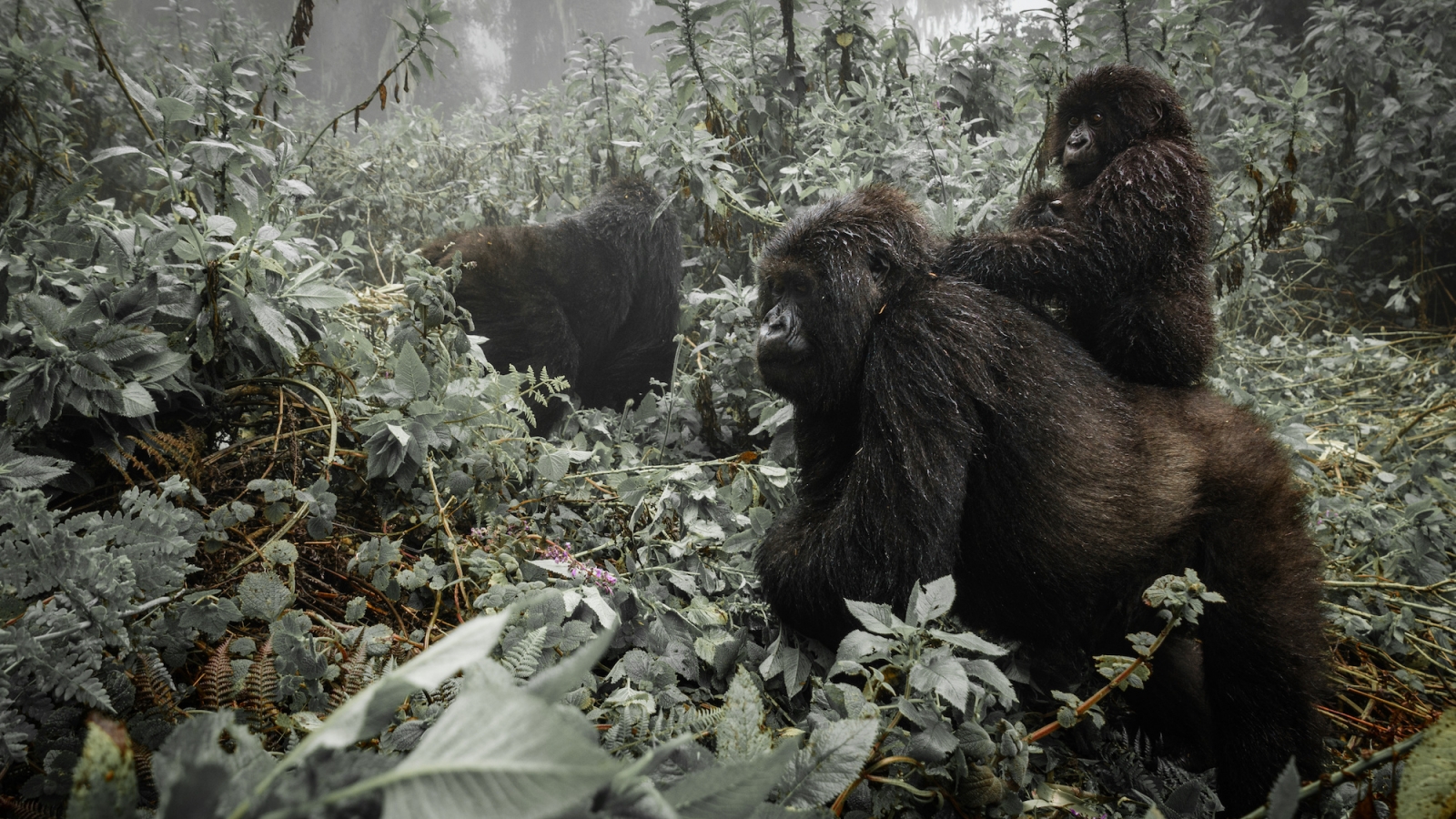
The rainforests with the rich wildlife
Uganda is, among other things, known as the homeland of the gorilla, and in the national playground Bwindi Impenetrable Forest, which also contains cliff rainforest, lives the long-furred mountain gorilla, which you may be lucky enough to experience on a gorilla trek in the western highlands. In addition to gorillas, Bwindi is also, with its lush undergrowth containing 85 species of orchids, the perfect place for plant and bird enthusiasts.
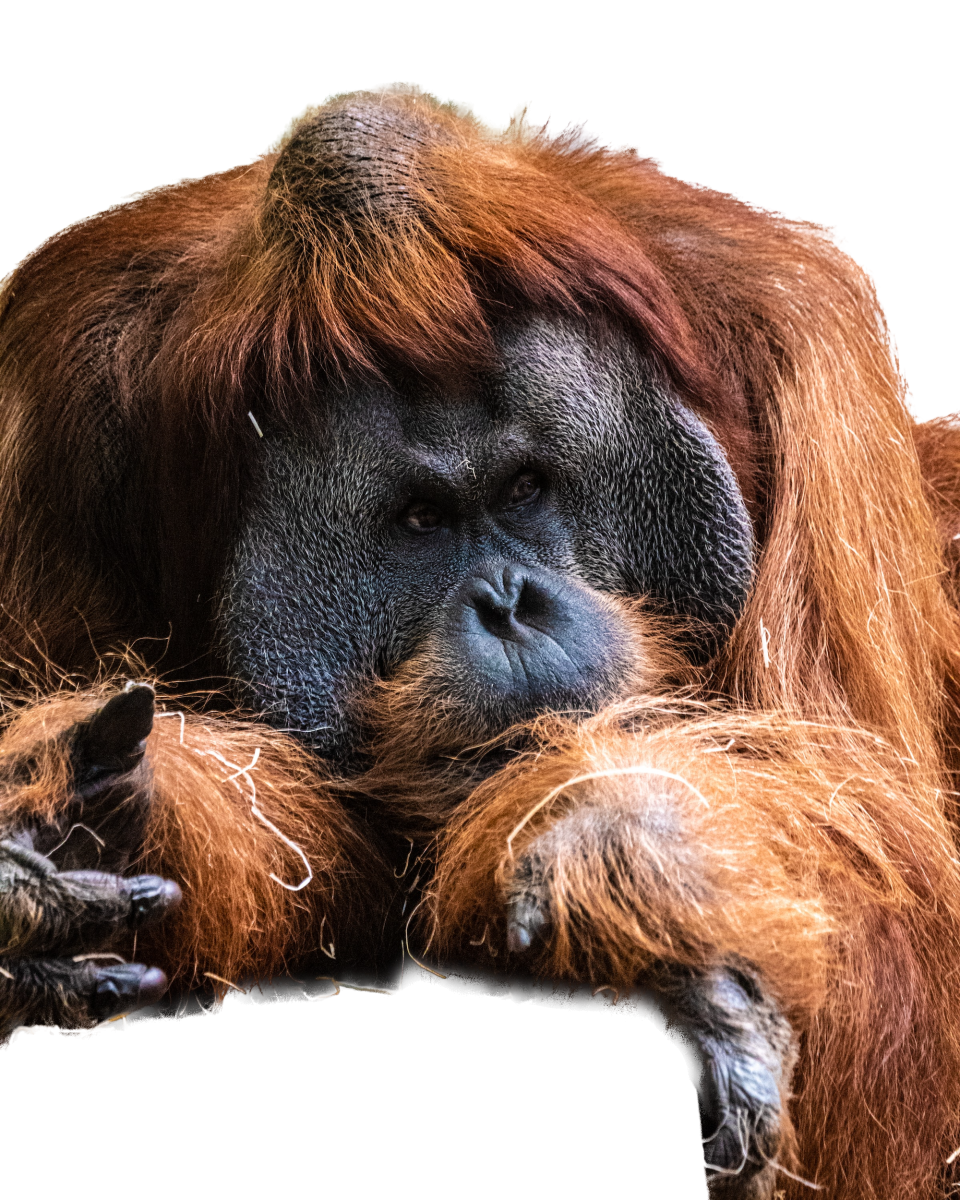
Gorillas also live in the lowland rainforest, they are just short-furred and not nearly as big as the mountain gorillas. If you want to see more primates, chimpanzees also live in Kibale Forest The chimpanzee is the monkey that resembles us humans the most in terms of genetic material, it is only a matter of a few percent difference. Almost 1500 chimpanzees live in the lowland rainforest, so there is a good chance of seeing a herd. The lowland rainforest also has a rich bird and animal life, so there are many magnificent experiences to be had in Uganda's rainforests. In addition to gorillas and chimpanzees, you can also experience a numeral of other exciting primates in Uganda.
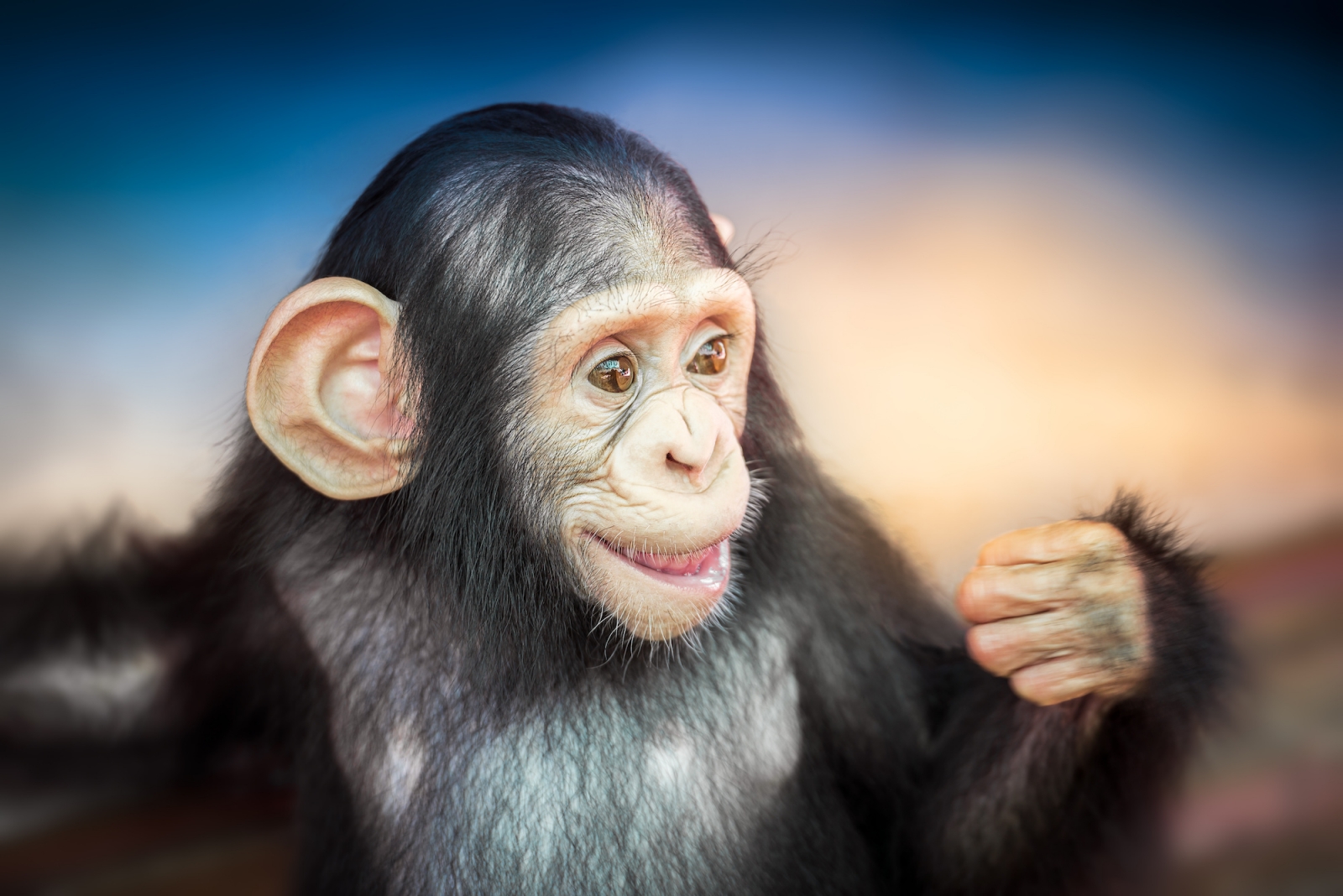
Expansive savannahs with rich wildlife and over 1200 species of birds
If you haven't had enough animals in the large rainforests, you can go on a safari in the impressive savannahs of Uganda. Closest to the extension of the southern end of the Kibale forest is the Queen Elizabeth National Park, which is known for its rich variety of landscape and vegetation. In addition to regular car safaris, it is possible to go on a boat safari on the Kazinga Canal, where you can see crocodiles, hippos, and elephants that come down to drink from the river, among other things. And as something very special, in the Queen Elizabeth National Park, you can also experience lions ascending trees, so it's not something you see every day. In Uganda, there are over 1200 different species of birds, all of which benefit from the biodiversity that can be found in the country with its many lakes, rivers, mountains, forests, and savannahs. Another little gem on the line is the Kidepo Valley National Park, a unique and remote savanna that is not overrun by tourists.
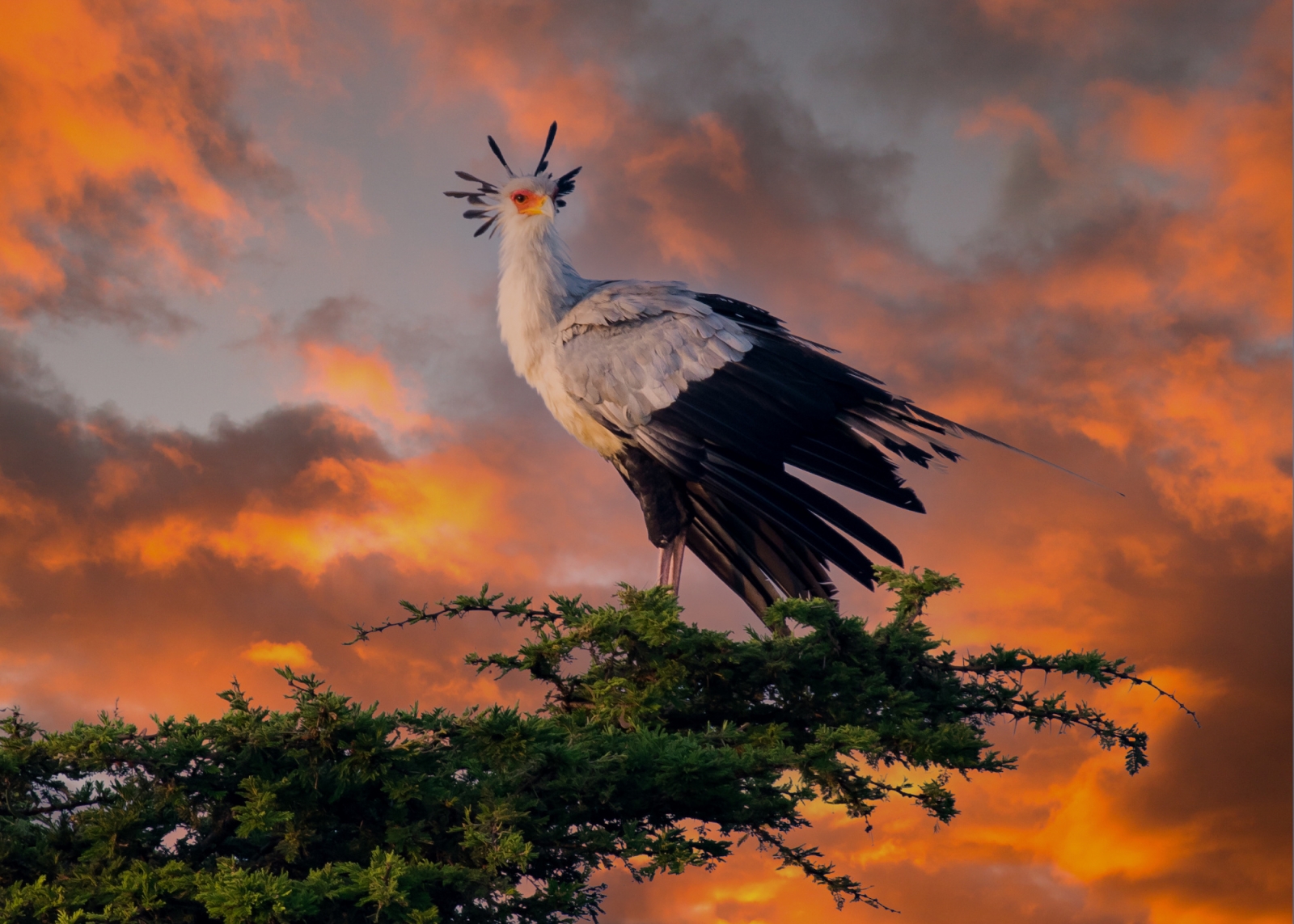
Impressive mountains
Although the gorillas that inhabit the magnificent mountains in the southwest are one of Uganda's biggest attractions, the landscape is an experience in itself. Mountains towering into the sky with snow-capped peaks and feet firmly planted on the ground. You suddenly feel very small when you stand at the feet of nature's sleeping giants, but at the same time, you are completely lost in modern nature's fantastic creations.
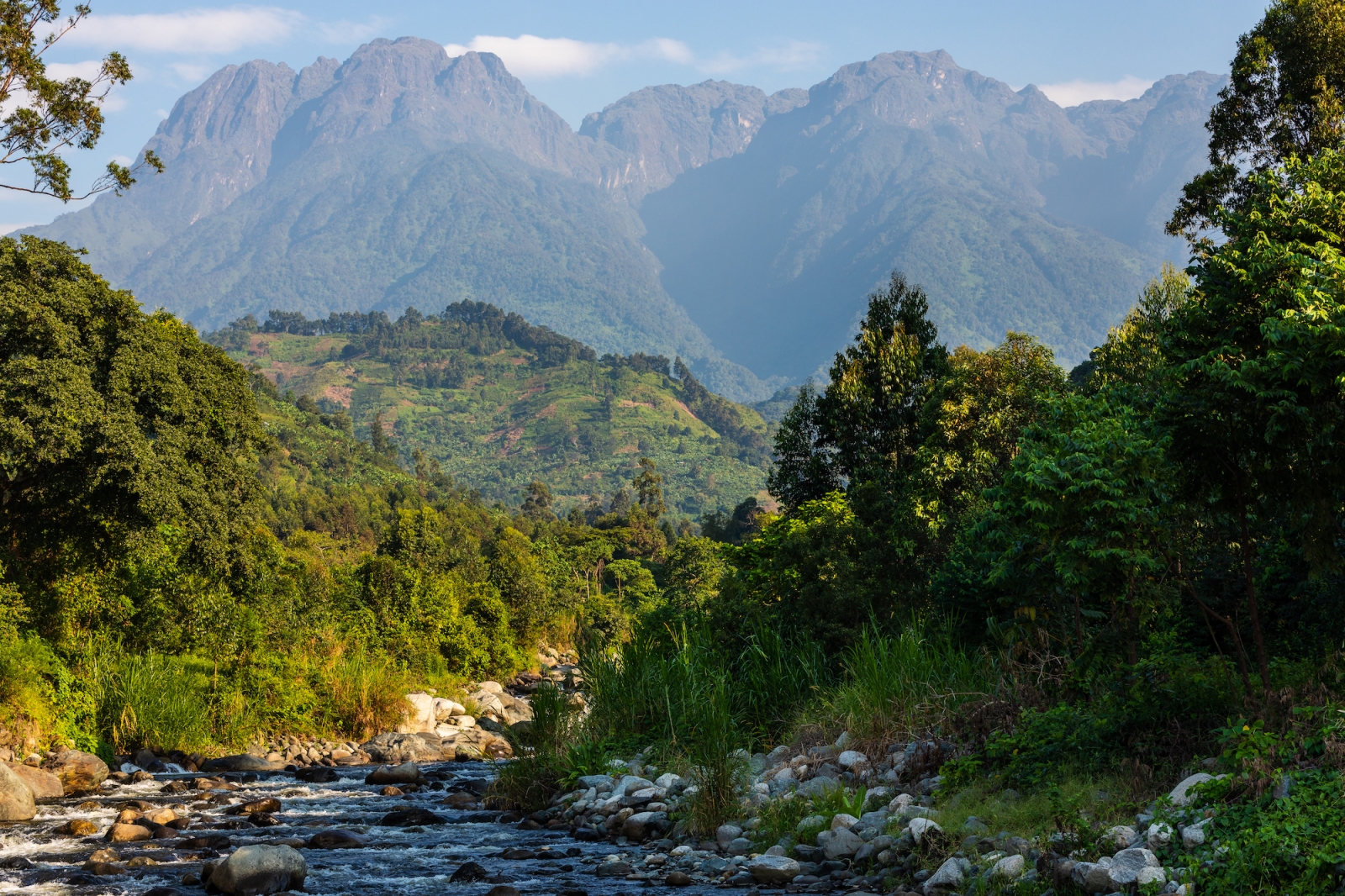
Wild rivers, rushing waterfalls, and clear lakes
25% of Uganda is covered by water, and especially the southern parts of the country are so fertile that you can grow coffee, tea, and sugarcane, among other things. If you want to experience the fabled river Nile, you can do so in the Murchison Falls National Park At the western end of the park you will find Lake Albert, where the Victoria Nile has its outlet and the Albert Nile has its source. If you follow the roaring sound, you will be able to experience the raging waterfall, which also gave the park its name. The waterfall is not particularly wide, but it is still something of an experience to witness how the water of the Nile, after a fall of 45 meters, is forced through the 10-meter narrow gorge and thereby whips up the water and creates a stir far down the river.
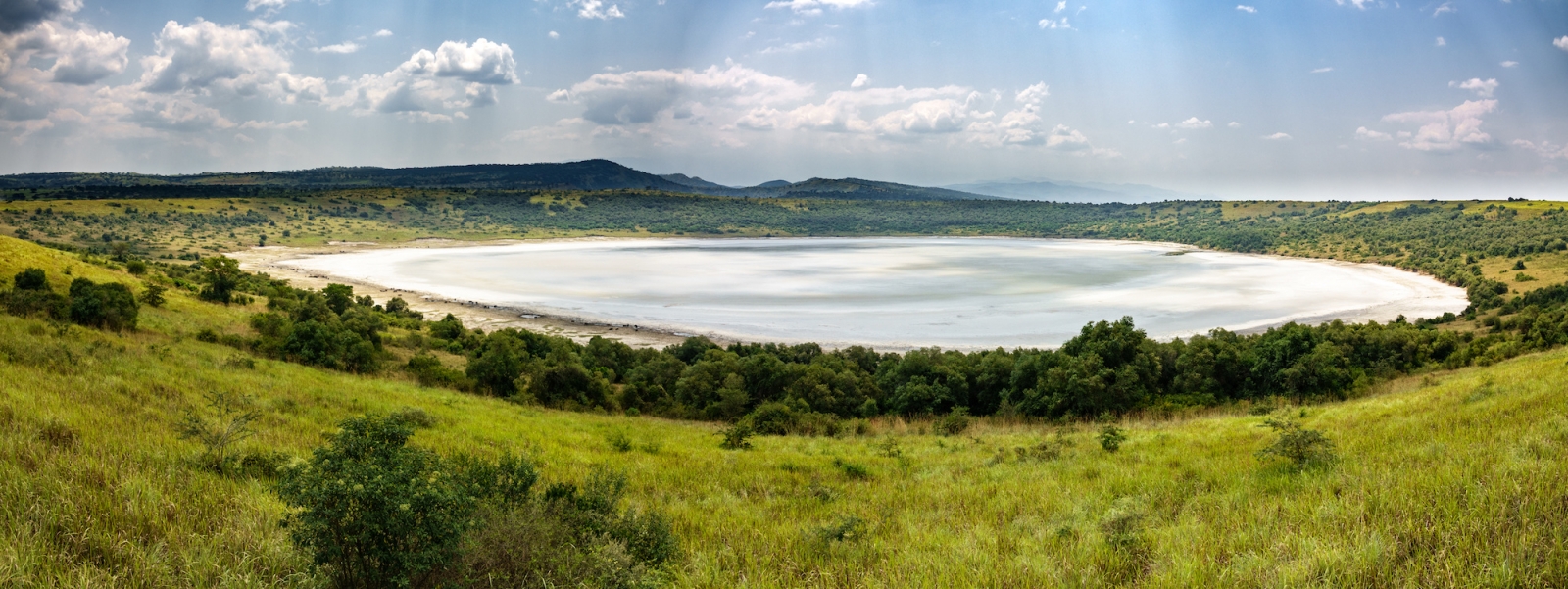
Queen Elizabeth Salt Lake is an important landmark located in the Queen Elizabeth National Park in Uganda. Here are some interesting facts about the lake:
- The lake is a shallow, soda lake that is rich in salt and other minerals, which attracts a large number of birds and animals to the area.
- The lake is a significant stopover point for migratory birds, with over 60 species of birds including flamingos, pelicans, and storks being observed here.
- The salt crust that covers much of the lake is harvested for salt by local communities, who use it for a variety of purposes, including cooking and preserving food.
- The lake is also an important habitat for several species of fish, including tilapia and Nile perch. These fish provide a valuable source of food for local communities and help support the local fishing industry.
- The lake is surrounded by beautiful, rolling hills and savanna grasslands, making it a popular spot for wildlife viewing and photography. Visitors to the park can often see elephants, lions, hyenas, and other wildlife in the area.
Just a stone's throw from the country's greatest airport, you will find the world's second-largest freshwater Lake Victoria, which is definitely worth a visit. Otherwise, you can visit Lake Mburo, which is located in an area with many small lakes that attract many birds and some big game. Here, too, you can go on a boat safari and experience Uganda from the waterside, which is a very special way of seeing the country.
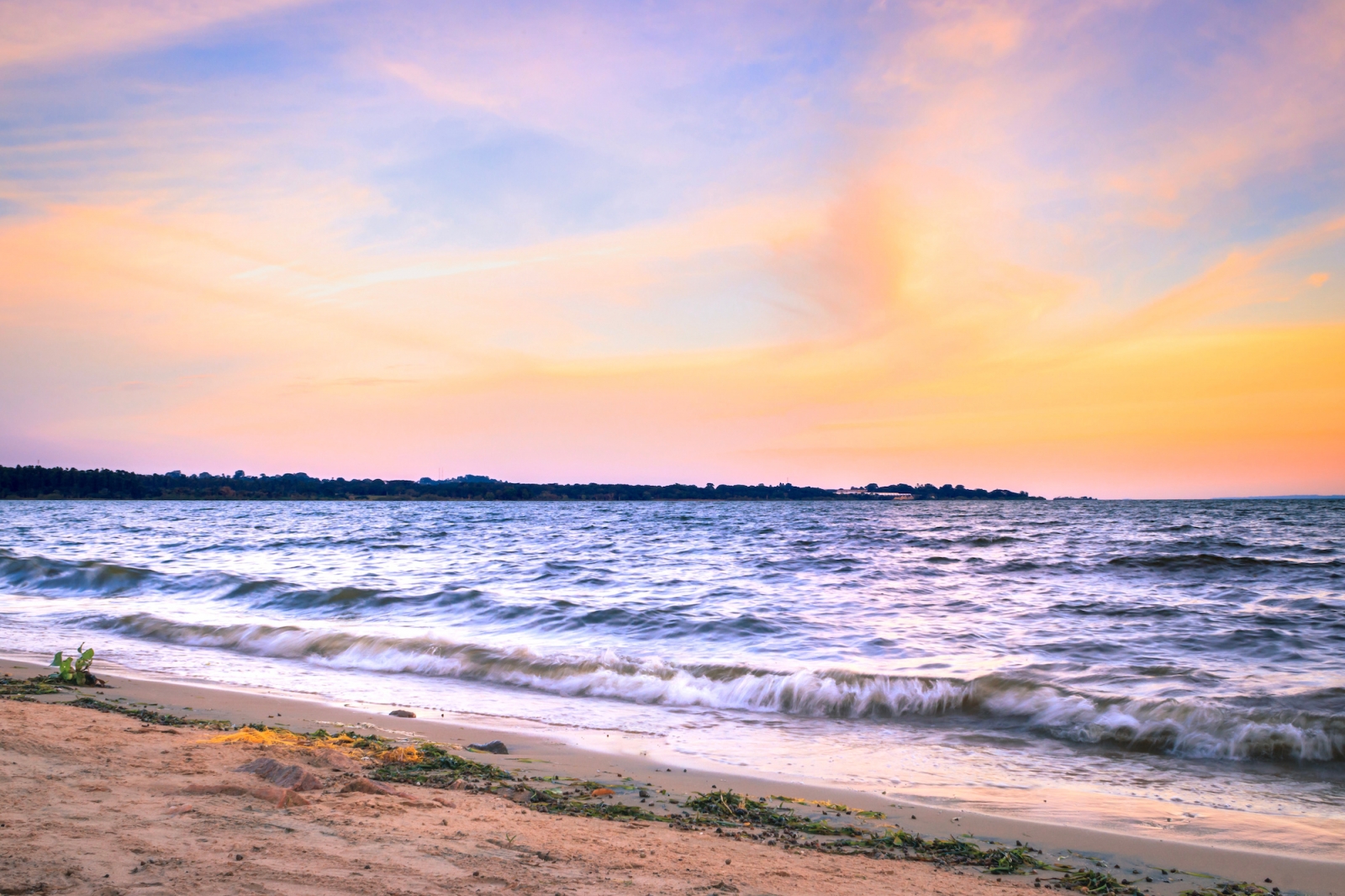
Lake Victoria, located in Entebbe, Uganda, is the largest lake in Africa and the source of the Nile River. Here are some interesting facts about Lake Victoria:
- Lake Victoria is named after Queen Victoria of England and is the largest lake in Africa by both surface area and volume.
- It is a freshwater lake, with an average depth of about 80 meters (262 feet) and a maximum depth of about 84 meters (275 feet).
- The lake is surrounded by three countries: Uganda, Kenya, and Tanzania. It is the primary source of water for the countries in the region and supports a variety of ecosystems, including forests, savannas, and wetlands.
- The lake is home to a rich diversity of fish species, many of which are found nowhere else in the world. Some of the most notable species include the Nile perch, tilapia, and the Victoria lungfish.
- Lake Victoria has a major impact on the economies of the surrounding countries, with the fishing industry being one of the most important. The lake provides a livelihood for many people in the region and is a major source of protein for the local population.
- The lake is also a popular tourist destination, with a variety of activities available, including boat rides, fishing trips, and wildlife viewing. Visitors can also visit nearby islands and enjoy the stunning scenery and beautiful beaches along the shore.
Go on a unique safari in Uganda
You take a deep breath. One of those where the air reaches all the way down into the stomach. Then you slowly exhale the air again, and a smile spreads across your lips. With the view of Uganda's completely lavish nature, you can just sense that this is going to be really good. You are ready to venture out into the mountainous terrain, the vast savannah, and the dense rainforest, and just let the impressions rush to you. Uganda has been referred to as the "Pearl of Africa" by the former British Prime Minister, Winston Churchill, after a visit to the country and one can only agree with him. In addition to the perfect conditions for creating a real safari country, Uganda also offers large rivers, including the Nile, and the world's second-largest freshwater Lake Victoria. Go to the western part of the country and explore Bwindi Impenetrable Forest rich in fascinating mountain gorillas, and come face to face with the giant, human-like animals. It is also in this part of the country that you will find the fantastic Queen Elizabeth National Park where you drive through the park's very varied nature with grasslands, tropical forest, rivers, swamps, lakes, and disappeared volcanic craters in search of the incredibly rich and exciting wildlife Especially in the central and southern parts of Uganda, the country is enormously fertile, and coffee, tea, and sugar cane are grown here for export, which weighs heavily in the country's economy.
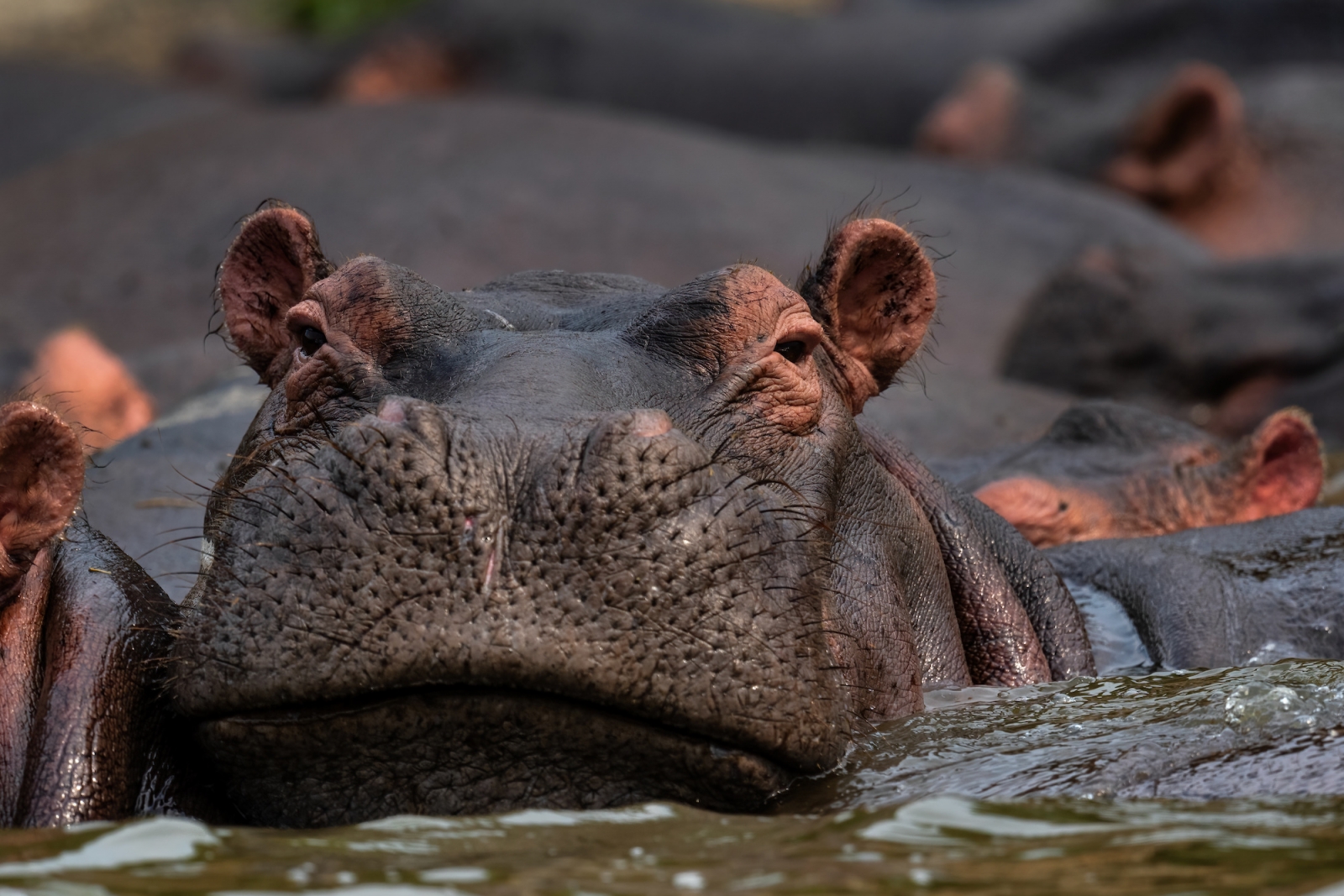
Get amazing experiences with gorilla trekking
Mountain gorillas and chimpanzees are undoubtedly some of the most famous and sought-after species in Uganda's otherwise very varied range of mammals. If monkeys are among your great interests, the country is simply a must to visit. The mountain gorilla can only be seen in the southwestern part of Uganda, where Bwindi Impenetrable Forest is for most the absolute highlight. A day on safari here will typically start with a nice breakfast at the lodge, after which you will be driven to a briefing at the park's headquarters. Here you will be instructed in the coming hours of gorilla trekking in the dense mountain rainforest, which, in addition to meeting the giant and rare mountain gorilla, will offer fantastic experiences in the beautiful and lush surroundings. The trip around Bwindi can take anything from a few hours to the whole afternoon. It may take some time to find the gorilla family's nest, but it is absolutely certain that you do not leave the forest until you have found it, and until then you can just enjoy the beautiful nature that Bwindi is so well known for.
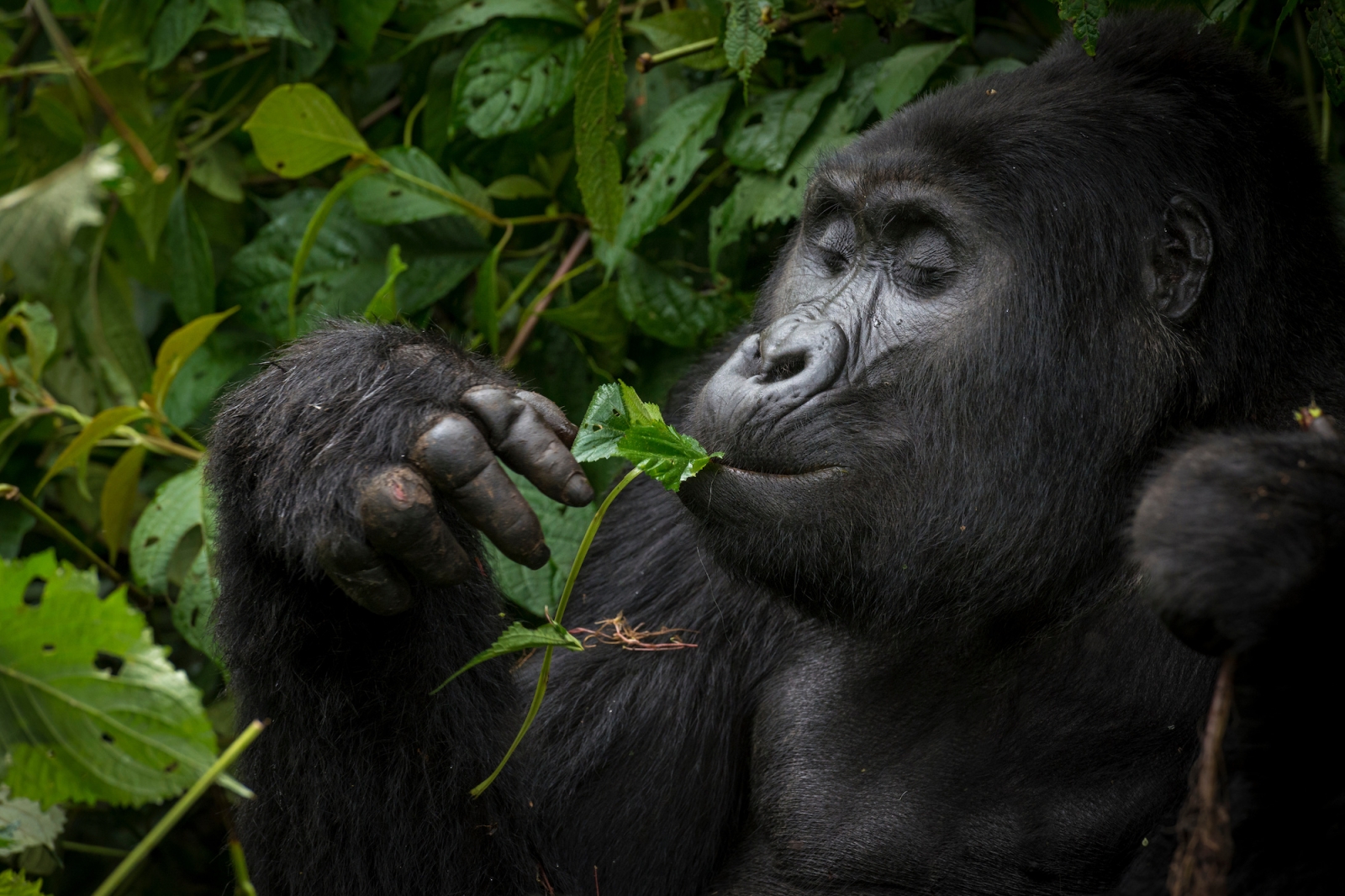
When the unforgettable experience with the mountain gorillas draws to a close, you go back to the lodge and digest the fantastic impressions with a view over the park and a delicious evening meal. There is also plenty of time and space here to look at pictures and share the day's experiences with fellow travelers. Such trips are made strictly accompanied by a local private English-speaking tour guide in Uganda, who must be found in advance on our website, choosing from a large general list of tour guides in this country. Tour guides for safari are also called rangers, they have the skills of a regular tour guide, who can tell about the flora and fauna of the surrounding places, but they are also trained in cases of rescuing tourists in a situation where gorillas behave inappropriately and aggressively and pose a threat to the lives of travelers. This happens extremely rarely, but nevertheless, one must be prepared for this, because gorillas are completely wild animals that are in their familiar and native habitat, and any tourist here is a stranger!
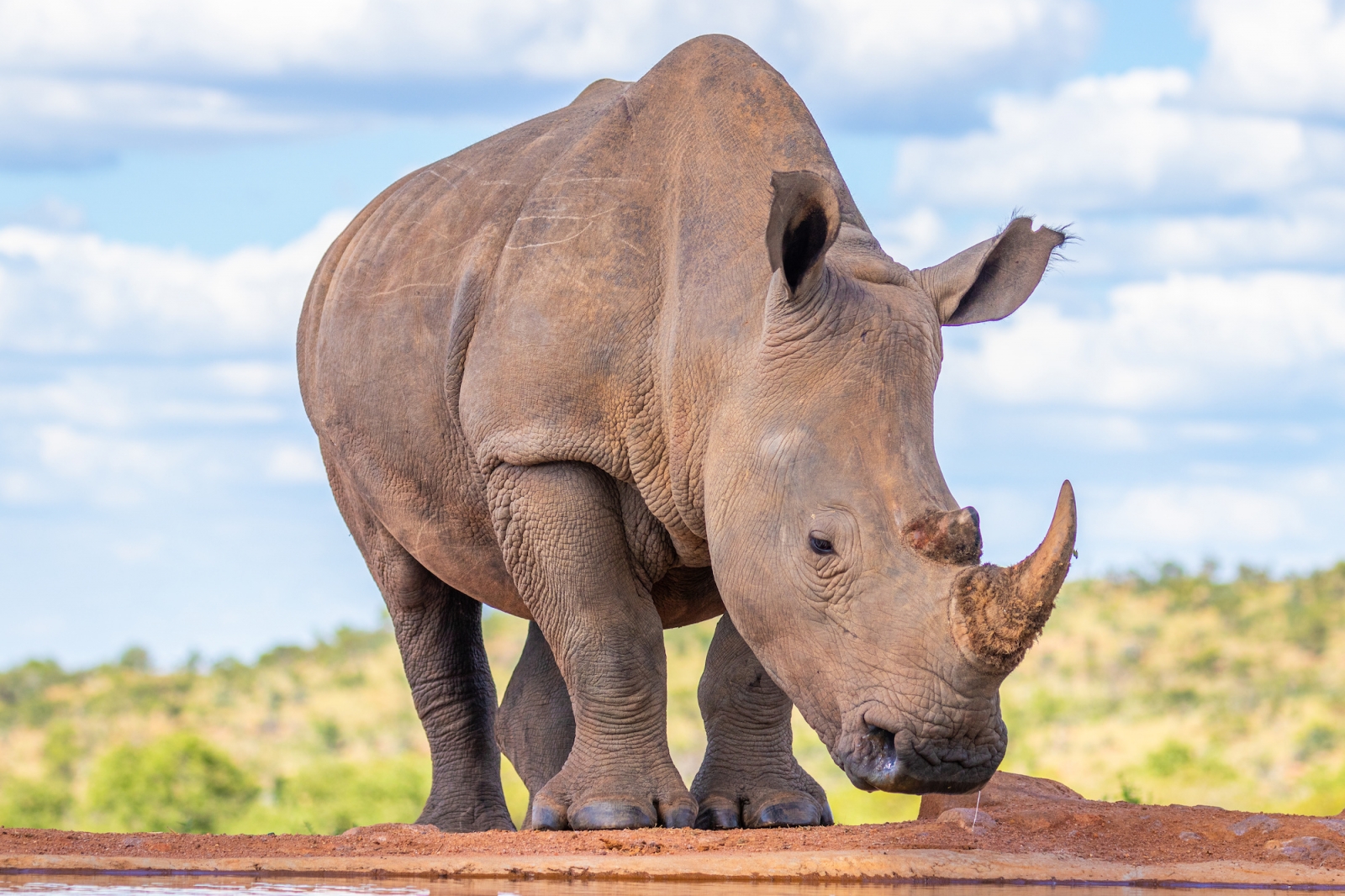
Discover the famous "Big Five"
Although Uganda is mostly known for its many monkey species, that doesn't mean there isn't another big game to come after. In terms of the amount of classic big game, Uganda cannot compare with the neighboring countries, Tanzania and Kenya but therefore the populations are still quite good. And most importantly, the variety of animals is very large. Today, it is possible to experience all of "The Big Five" in Uganda after a long number of years without the rhinoceros. Now a small group of white rhinos has moved into smaller and protected reserves close to the capital Kampala, and the animal can thus be seen again in the country. In the Queen Elizabeth National Park, which is found between the Ruwenzori Mountains and the shores of Lake Edward and Lake George, you can experience a good population of lions and leopards.
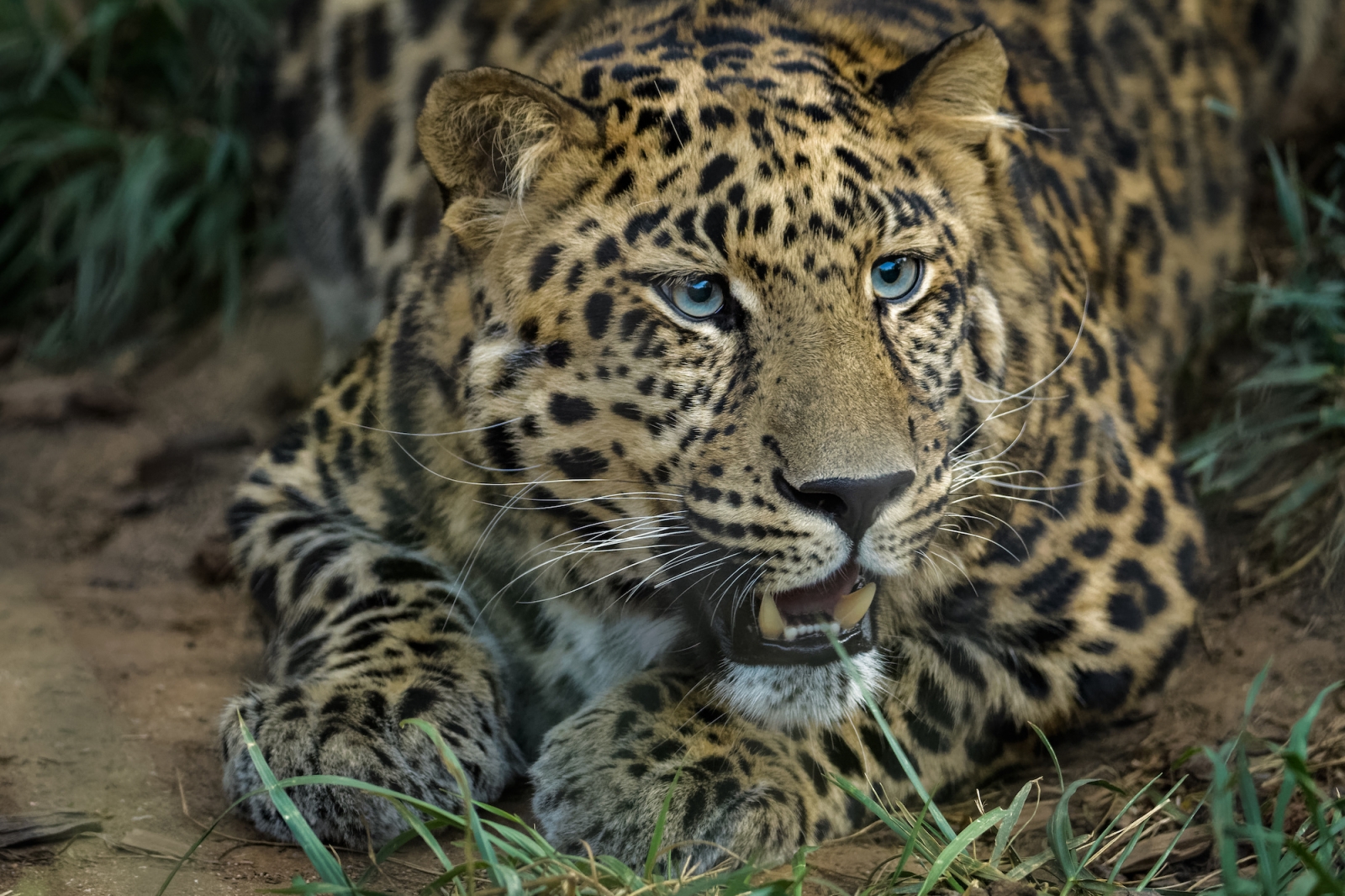
Very atypically, the lions here climb up in the trees, which can only be experienced in two places in the world and one of them is Queen Elizabeth park. In addition, you will also be able to come across many elephants, buffaloes, and hippos on and around the Kazinga Canal, which lies between Lake Edward and Lake George. For bird lovers, the park is particularly interesting, as more than 600 species of birds live here, including many spectacular birds of prey. So although Uganda is often promoted with gorillas and chimpanzees, the country offers much more wildlife! A very special and unique safari journey awaits you when the purpose is Uganda is truly a real gem. including especially many spectacular birds of prey.
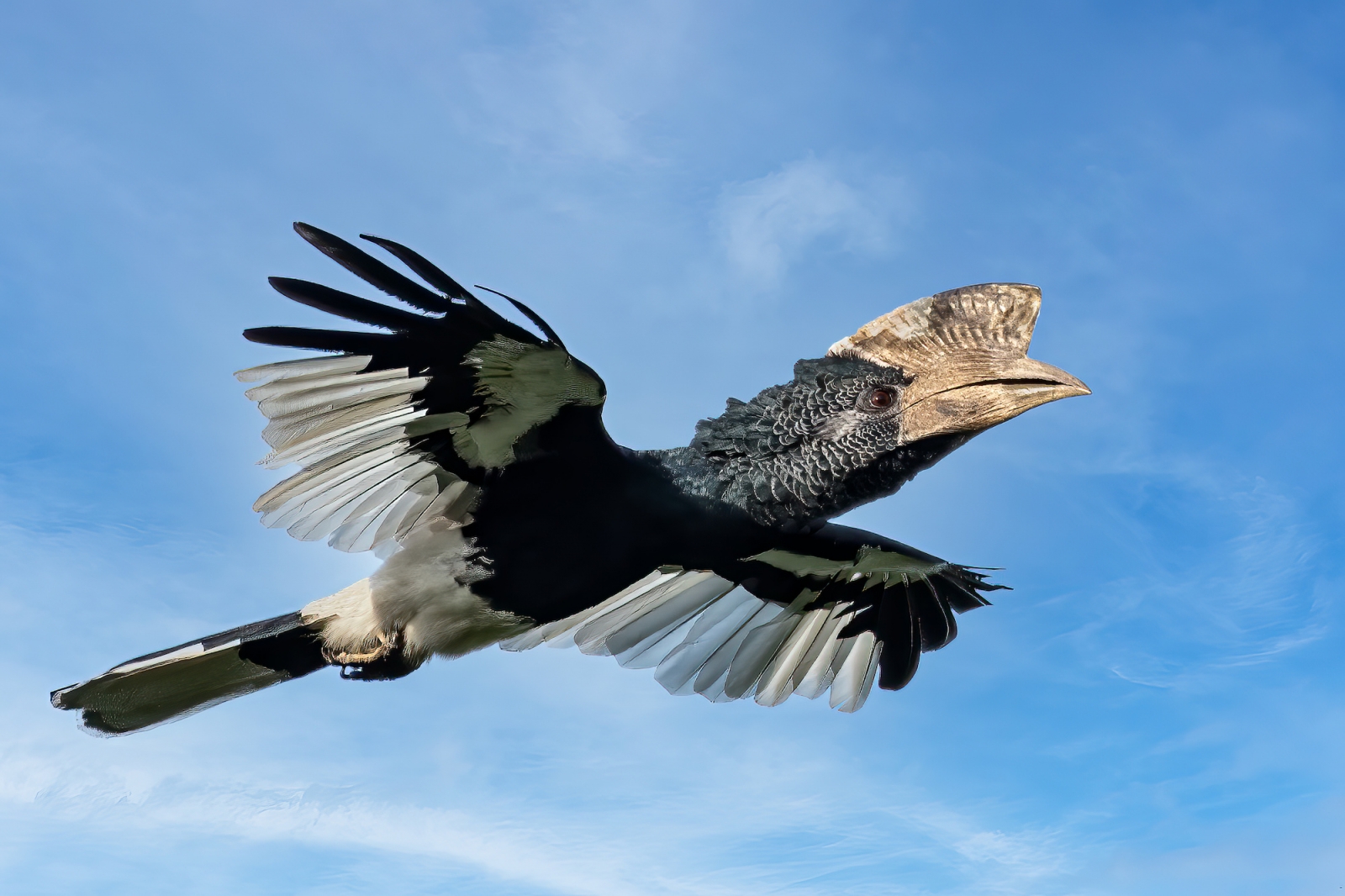
The Black-and-white-casqued hornbill, also known as the Casqued Hornbill, is a species of hornbill that is native to the rainforests of West and Central Africa. This bird is known for its distinctive appearance, with its black and white plumage and large, casque-shaped bill. Here are some interesting facts about the Black-and-white-casqued hornbill:
- The casque on the bill of the hornbill is a bony structure that can grow up to 20 cm in length in some species. It is thought to serve several functions, including attracting mates, establishing territory, and protecting the bird's head during fights.
- The Black-and-white-casqued hornbill is a large bird, with a length of up to 56 cm (22 in) and a wingspan of up to 100 cm (39 in). It has a distinctive appearance, with black plumage on its body, white plumage on its head and neck, and a white-tipped tail.
- This species of hornbill is primarily frugivorous, meaning that it feeds mainly on fruit. However, it will also eat insects, small mammals, and reptiles when the opportunity arises.
- The Black-and-white-casqued hornbill is a social bird, often forming large flocks and living in close proximity to other birds of the same species. It is also known for its loud, booming call, which can be heard from far distances.
- The population of Black-and-white-casqued hornbills is declining due to habitat loss and hunting for the pet trade. Conservation efforts are underway to protect this species and its habitat, including the creation of protected areas and the enforcement of laws against hunting and trapping.
So although Uganda is often promoted with chimpanzees and gorillas, the country offers much more wildlife! A very special and unique safari journey awaits you when the destination is Uganda truly a real gem. including especially many spectacular birds of prey. So although Uganda is often promoted with gorillas and chimpanzees, the country offers much more wildlife! A very special and unique safari journey awaits you when the destination is Uganda truly a real gem.
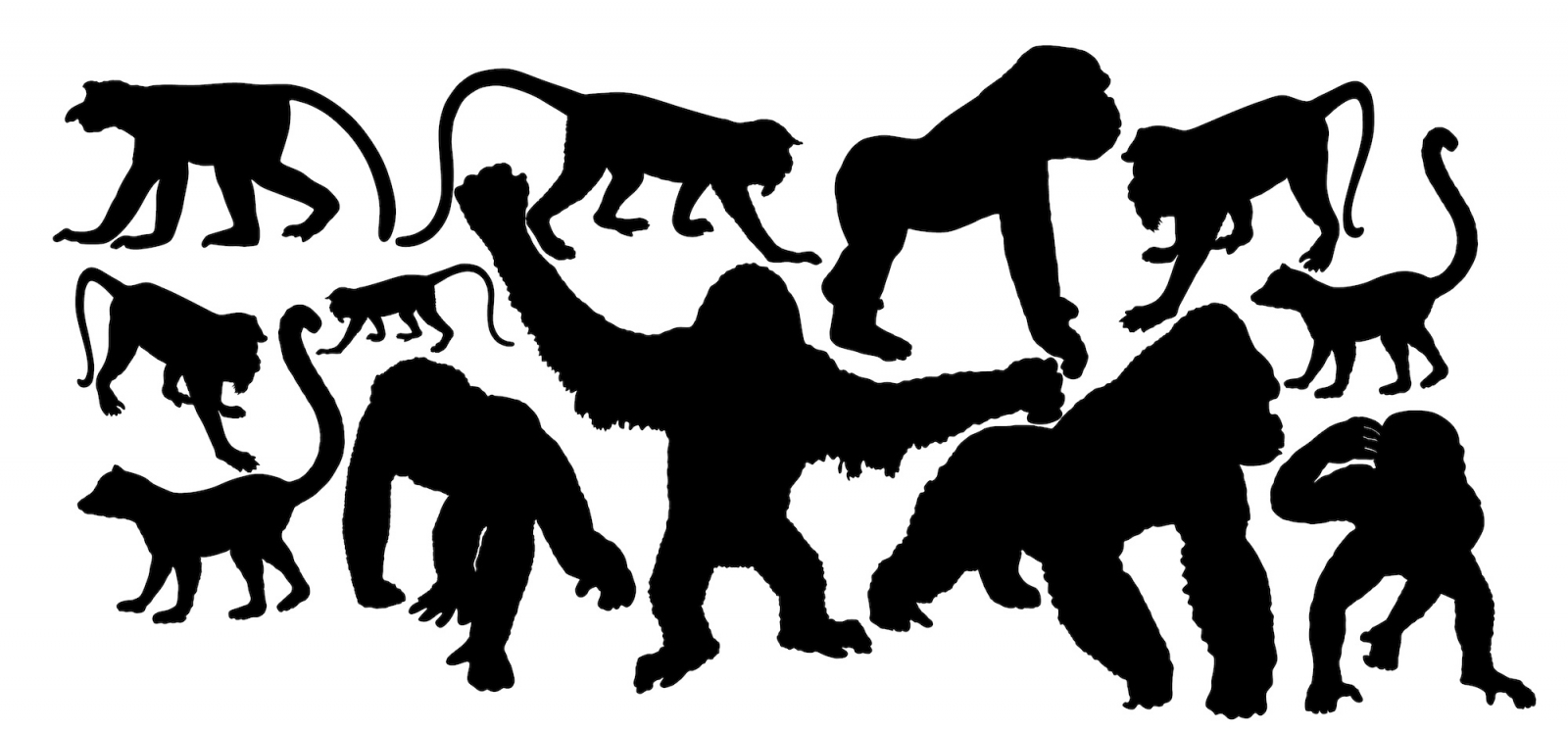
Murchison Fall
The national park, which is Uganda's largest and is located in the northwestern part of the country approx. 350 km north of the capital, Kampala, is bisected in an east-west direction by the Victoria Nile. The park's western boundary is formed by Lake Albert, in which the Victoria Nile has its outlet and the Albert Nile has its source. In the center are the impressive waterfalls that have given the park its name. These are quite formidable, although neither height nor width is anything special to speak of. On the other hand, the fall is one of the most powerful, as all the Nile's water is forced through the less than 10-meter wide gorge during its 43-meter high drop, whipping the water surface into foam that can be seen far down the river. The northern and southern parts of the park are connected by a small and short ferry connection to the west and by the main road east of the park near some smaller waterfalls on the Nile.
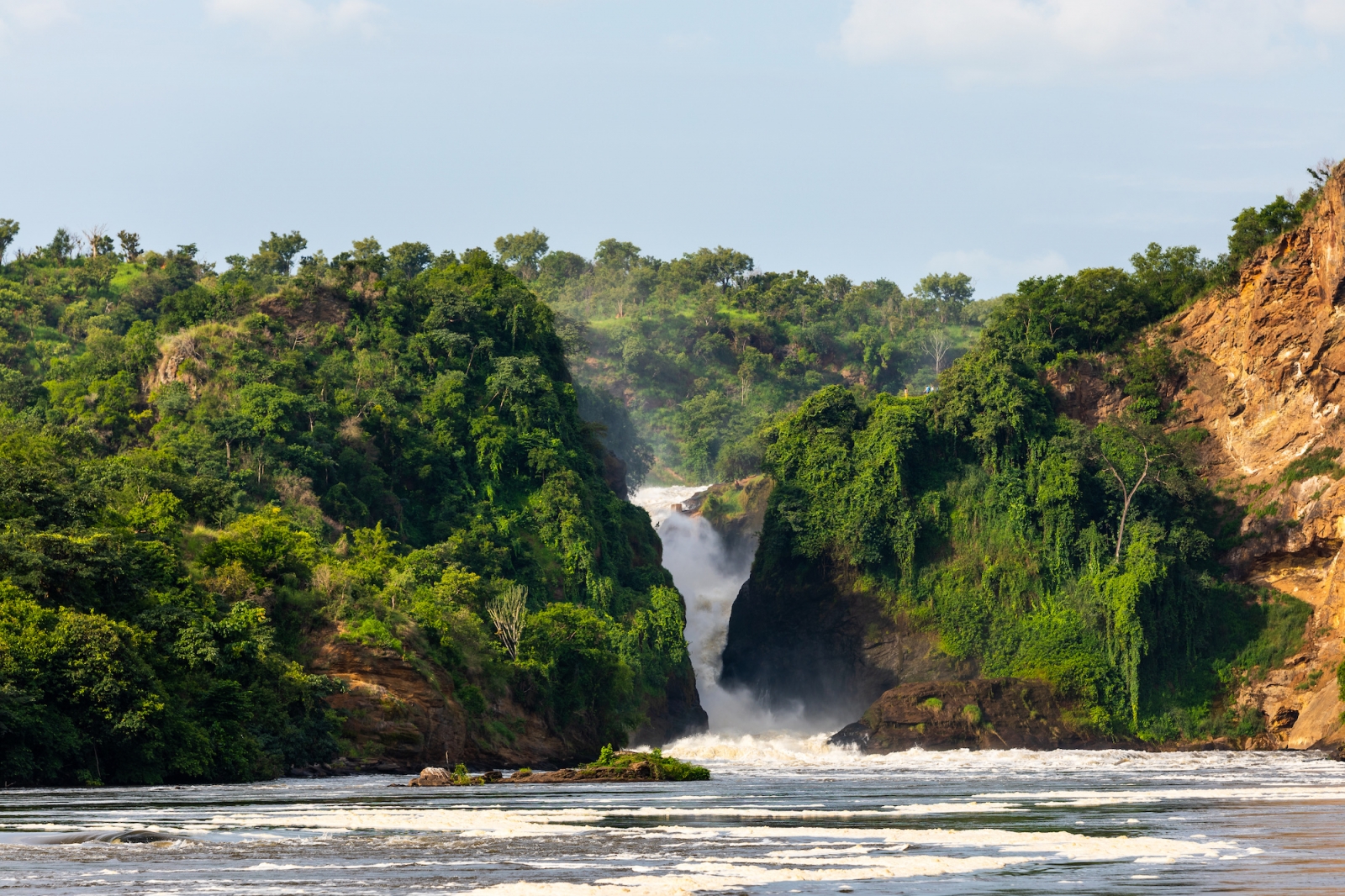
The park has a good network of fine gravel roads for the land-based safari, especially in the animal-rich and palm-clad plains north of the river, but boat safaris from the ferry point in custom-made vessels are perhaps the biggest attraction. On the trip upstream, you sail right up to the waterfalls, while the somewhat longer trip downstream leads to Lake Albertsøen. Regardless of which direction one sails, the Nile and its banks teem with hippos, crocodiles, monitor lizards, and very rich birdlife. Animals such as elephants, buffaloes, and waterbucks are also frequently seen coming down to the river to drink, while with a bit of luck, you can see the large and mysterious-looking bird the shoebill with its giant beak.
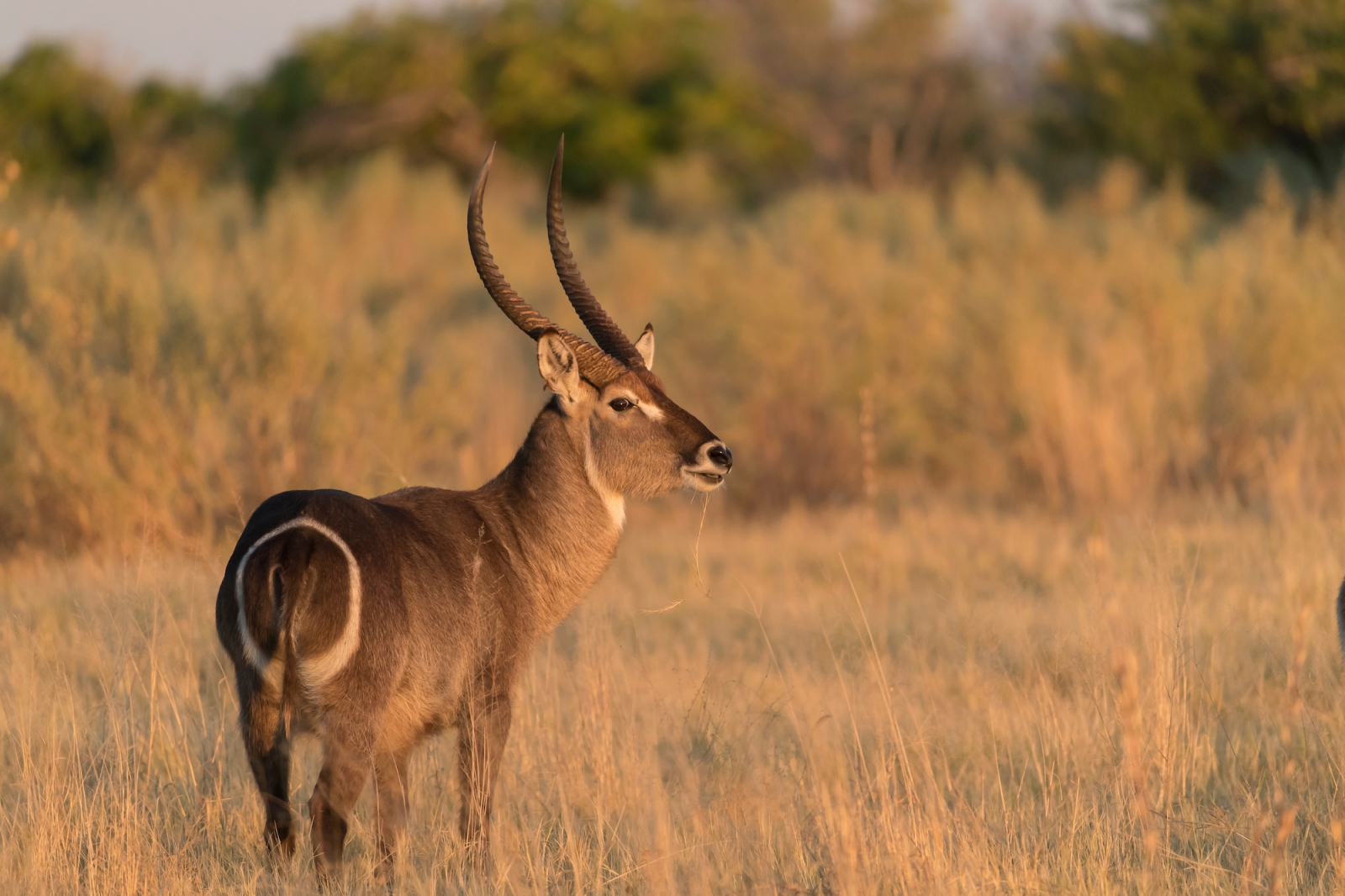
The waterbuck is a species of antelope found in sub-Saharan Africa, mostly Uganda. It is known for its distinctive appearance and its association with water. Here are some interesting facts about the waterbuck:
- The waterbuck is a large antelope, with a body length of up to 1.5 meters (5 feet) and a weight of up to 250 kg (550 lbs). It has a shaggy brown coat and a white belly and is easily recognizable by the ring of white hair that encircles its rump.
- The waterbuck is primarily a grazer, feeding on grasses and other vegetation in the savannas and grasslands of Africa.
- Despite its name, the waterbuck is not an aquatic species, but it is often found near water sources, such as rivers and lakes, and is known to swim when necessary. This association with water makes it an important part of the ecosystem, helping to maintain the balance of plant and animal life in the area.
- The waterbuck is a social animal, often forming herds of up to 30 individuals. These herds are led by a dominant male, who defends the group from predators and other males.
- The waterbuck is a common target for hunters, and its population has declined in some areas due to overhunting and habitat loss. Conservation efforts are underway to protect this species and its habitat, including the creation of protected areas and the enforcement of hunting regulations.
For ornithologists, this is one of the continent's and the entire world's most sought-after birds that can be found on the retina and in the notebook. Among the birds on the savanna, it is especially the very beautiful crowned cranes, which are Uganda's national bird and appear on the flag, that most often take the stage in Murchison's Falls national park. In addition, lions, buffalo, warthogs, and Rothschild's giraffes, which look like a cross between the reticulated giraffe in northern Kenya and the Masai giraffes further south, are often seen, as well as a multitude of antelopes, where the beautiful Uganda kob is a specialty of the country.
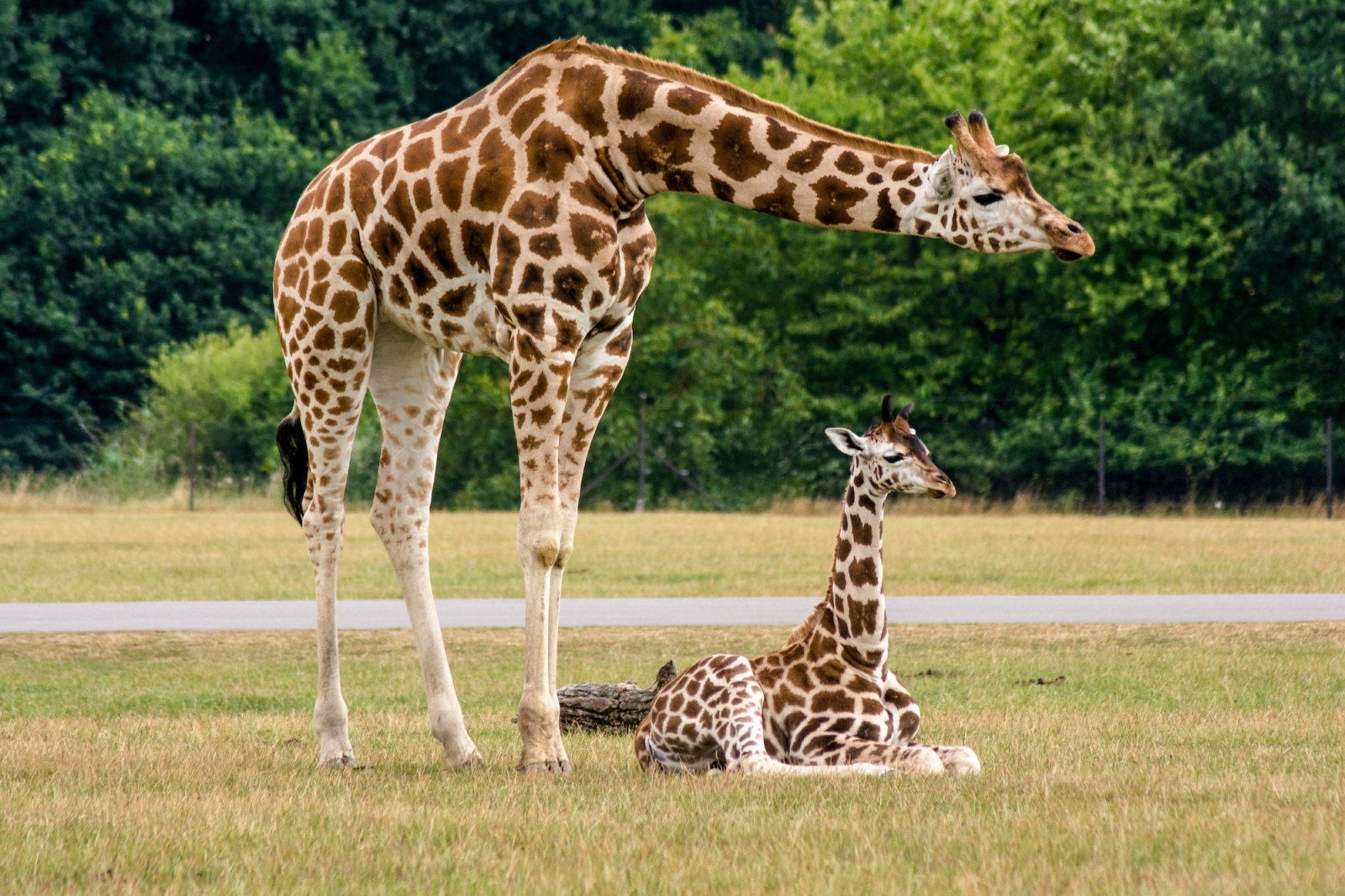
The famous waterfall can also be seen from the land side, as a road leads to a nearby small car park, from where you can walk very close to the top of the falls. The park forms the core of a larger protected area and is surrounded by a number of other reserves.
Highlights:
Boat trips on the Nile upstream to the waterfalls and downstream to Lake Albert
Animal-rich car safari, especially on the north side along the Nile and down toward Lake Albert
High season: January to February and June to August.
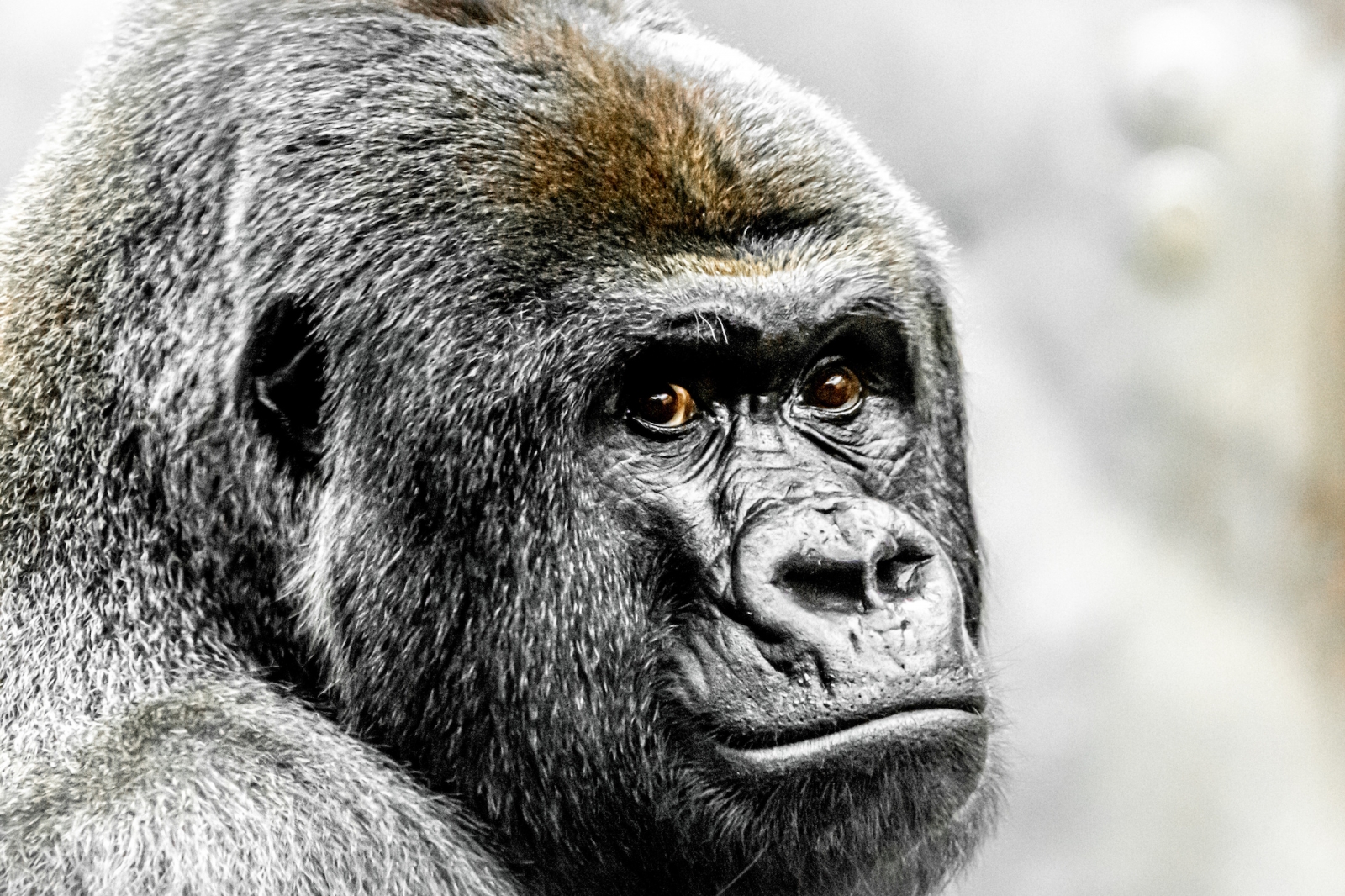
Queen Elizabeth National Park
The park, which is named after the British Queen, is probably the most varied in Uganda, in terms of both landscape and vegetation, and also contains an unusually large number of different species of mammals and birds, of which there are over an impressive 550 species of the latter. The park, located just under 500 km west of the capital, Kampala, borders the Congolese border to the west and Lake Edward, which is connected to Lake George in the east through the Kazinga Canal. This wide channel, which winds through the park, together with the lakes forms a permanent water resource that supports the park to have a large and varied population of big game and lots of birds. A local private English-speaking tour guide-ranger, who is also a professional ornithologist, will organize bird-watching for you in the most convenient and rich inhabitants places, comment on the behavior of local birds, and teach you to distinguish them by voices!
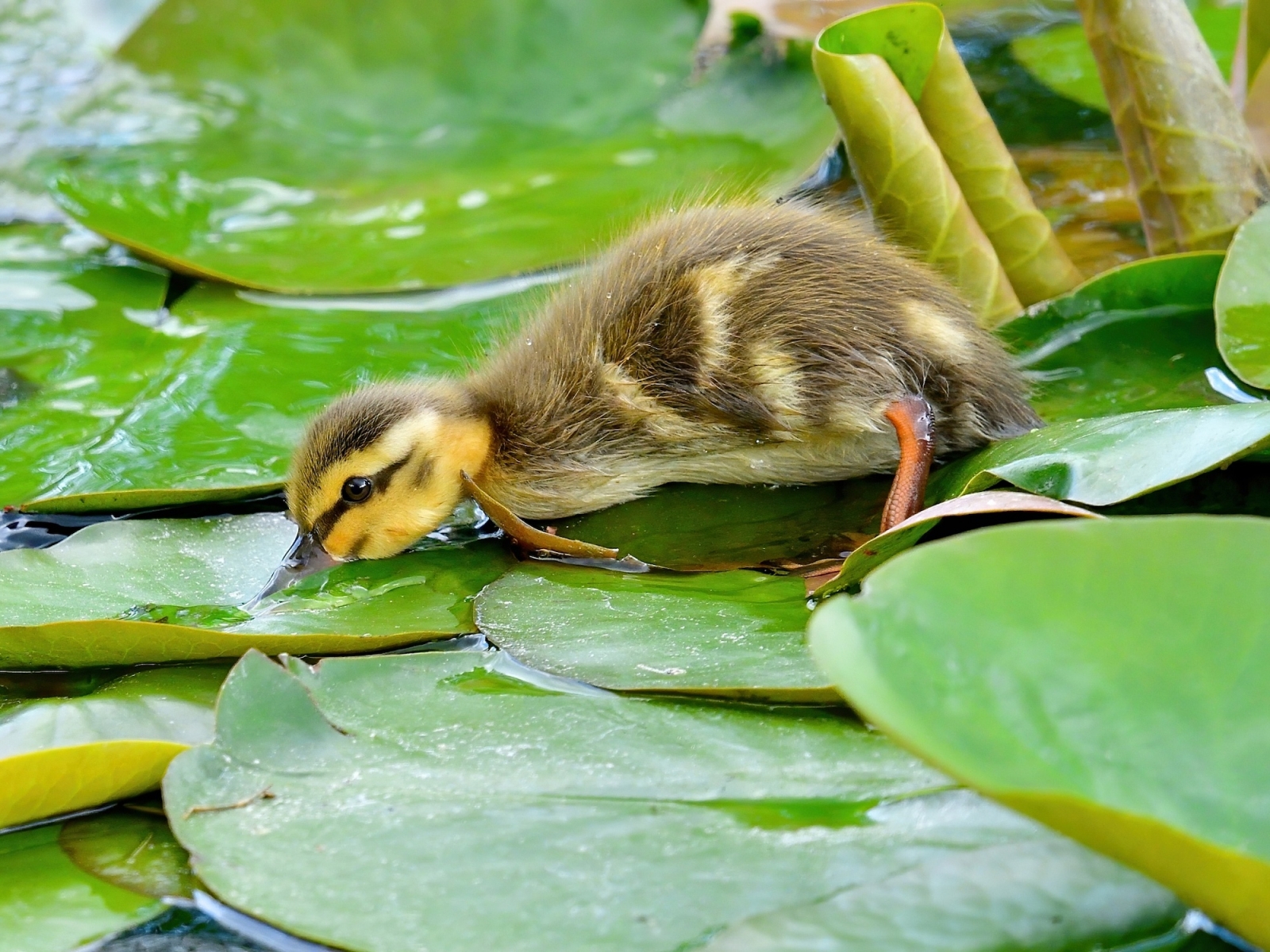
One of the absolute highlights of the park is also a boat safari on the Kazinga canal. Here you can see lots of hippos and crocodiles on the banks, where quite a few elephants and buffaloes also come down to drink and bathe. The bird life is also impressive, e.g. with lots of cormorants, herons, ibises, storks, pelicans, waders, and kingfishers around the fishing channel. On the savanna, many antelopes are seen, especially of the locally common Uganda ibex and waterbuck, and here there is a good population of lions, leopards, hyenas, and the large wild boar with the unflattering Danish name, giant forest hog. The lions are most often seen in the southern part of the park, which is one of the relatively few places where they frequently climb trees, while leopards and wild boars are most common in the northwesternmost part.
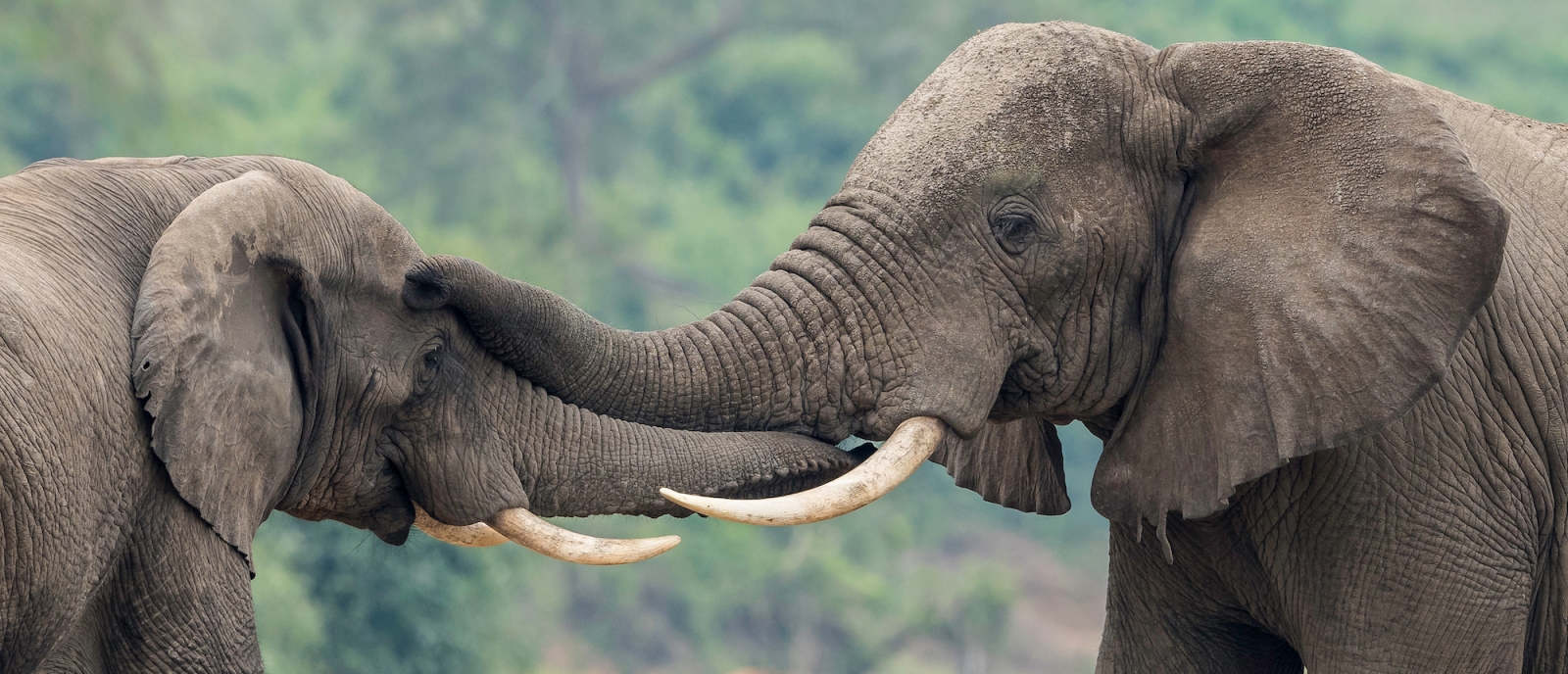
Elephants can be seen everywhere, but on the south side of the Kazinga canal, the smaller forest elephant with its round ears and tusks closer to the trunk sometimes appears. These belong to the large Congo forests in Central Africa, but can sometimes be seen here and in the forests a little to the north, e.g. Kibale Forest. In the Kyambura gorge near the canal, there is a small population of chimpanzees that can be visited with a special permit and guide, but the likelihood of seeing them is greater in Kibale Forest. In clear weather and when the clouds clear the top of the Ruwenzori Mountains, there are beautiful views of these over 5 km high and often snow-capped peaks, especially from the northern part of the park at Lake Edward.
Highlights:
Cruise on the Kazinga Canal among hippos, elephants, buffaloes, and lots of birds
Car safari on the very varied and animal-rich savannah between lakes and rivers
High season: December to February and June to August
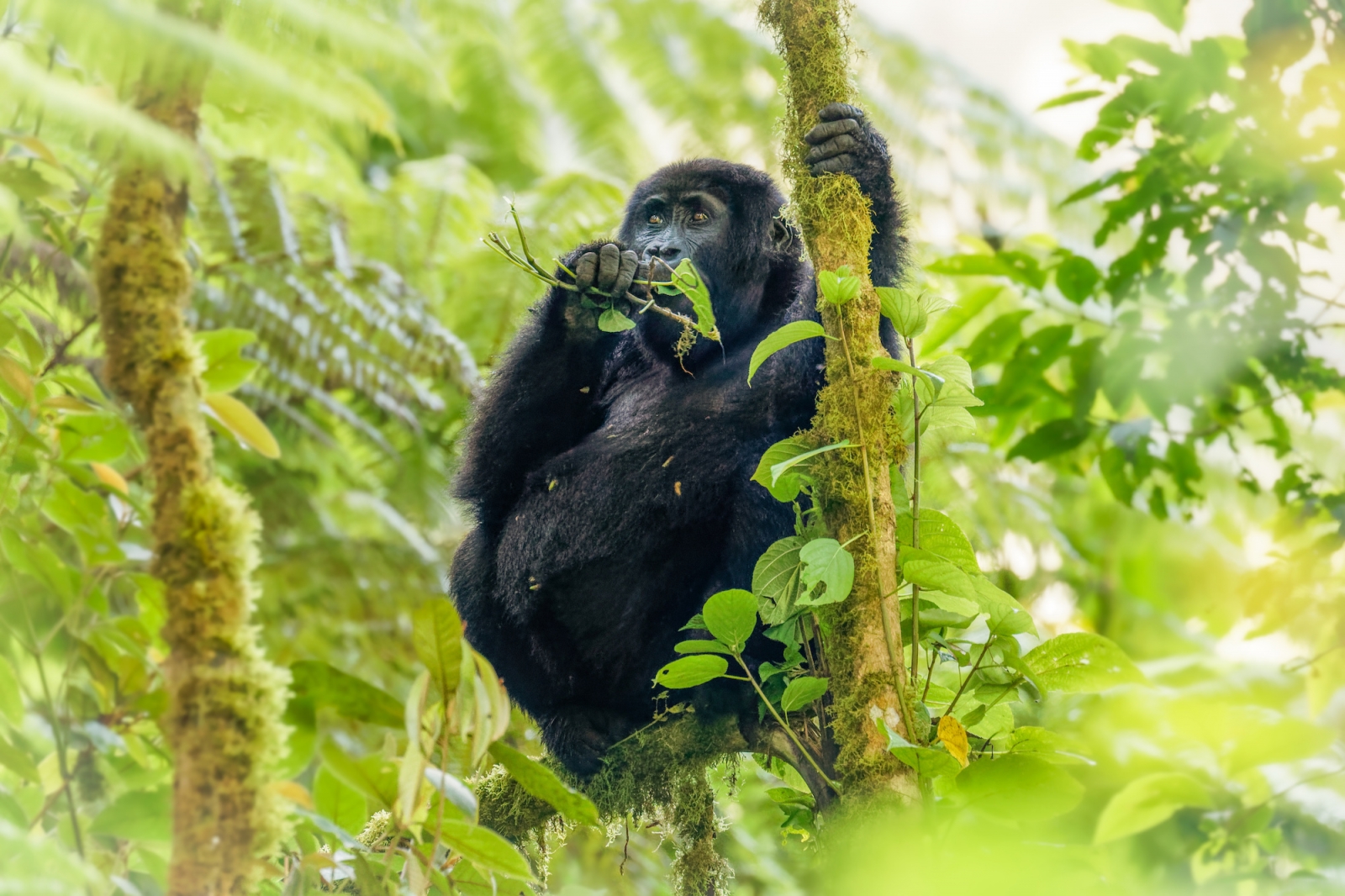
Bwindi Forest
The federal park with the "impenetrable forest" is located in Uganda's southwestern corner at an altitude of 1,100-2,400 meters on the border with the Democratic Republic of Congo, and just over 500 km west of the capital, Kampala. The long drive can be broken up by a stay in e.g. Lake Mburo National Park about midway, but you can also fly to/from Bwindi in small sports planes.
The Bwindi forest is not completely sealed, although it is very dense and has steep slopes, as it is precisely here that you can visit families of the impressively large mountain gorillas. The demand is high, and the price high, to get hold of the coveted gorilla trekking permits. The number of family flocks that are habituated ie accustomed to human presence, which they are not significantly disturbed by, is therefore increasing, and there are now ten flocks in Bwindi that can give an audience for an hour every day.
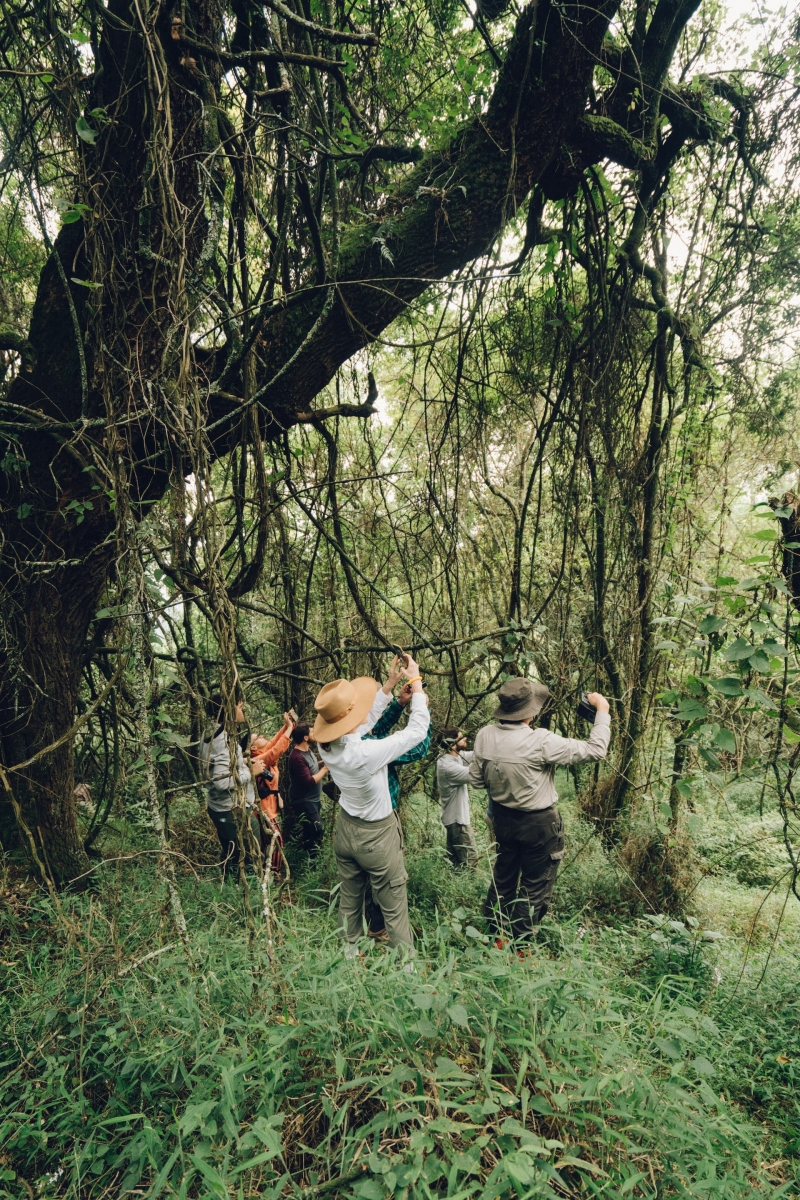
The trip to the gorillas can be long and takes place in dense forests on steep slopes and in the humid heat. It is therefore important that you are in reasonable shape and can withstand the heat. Should you run into problems along the way, you can, however, order an "African Helicopter" for a hefty additional cost. This simply means that a herd of approximately eight local helpers is called in and carries the distressed person up to the gorillas on a primitive stretcher and down again. Although there is no 100% guarantee of finding the gorillas, it is still close, as they are under close surveillance and experienced "scouts" are sent in advance.
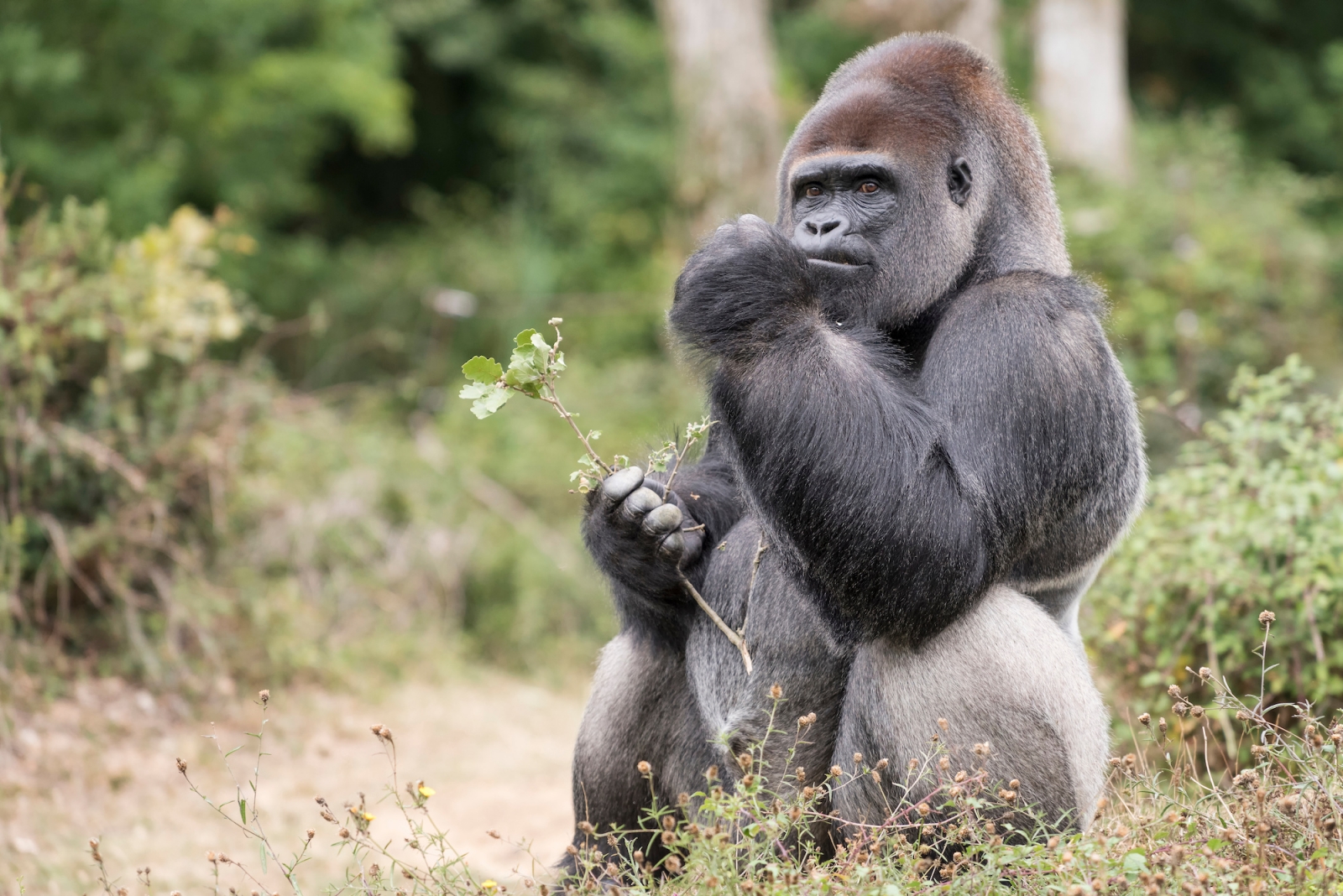
The Bwindi forest also contains many other animals, especially monkeys, birds, and butterflies, but these can be difficult to see in the dense dark forest Bwindi means dark in the local language, by the way! The woods is the only place where mountain gorillas live together with chimpanzees, but although the latter is often clearly heard, they are not habituated and are almost never seen. The forest also contains a small population of elephants, which unfortunately you shouldn't expect to see either. If chimpanzees and elephants are on the wish list, you must go to the nearby national parks, Queen Elizabeth and Kibale Forest. On the other hand, Bwindi is a paradise for botanists with approx. 85 species of orchids, 105 ferns, and 300 trees, including large mahogany trees.
Highlights:
Gorilla trekking up to one of the forest's many herds of mountain gorillas
The gorgeous, lush, dense, and very hilly mountain rainforest
High season: December to February and June to August

Positive count of the endangered mountain gorillas
Mountain gorillas live exclusively in two places on the planet. In the border area between Congo, Uganda, and Rwanda, you will find Virunga, where the most extensive inhabitants of mountain gorillas live. The last time a count was made was in 2010, and then the population was 480. Therefore, it was extremely happy news when a count made earlier this year showed a result of a whopping 604 gorillas in this area. The second population of mountain gorillas lives in Bwindi Uganda and is estimated to hold 400 gorillas (the final number is expected to be clear by the end of 2019). This brings the total numeral of mountain gorillas up to 1,004 individuals, which is more than 100 more than previously estimated.
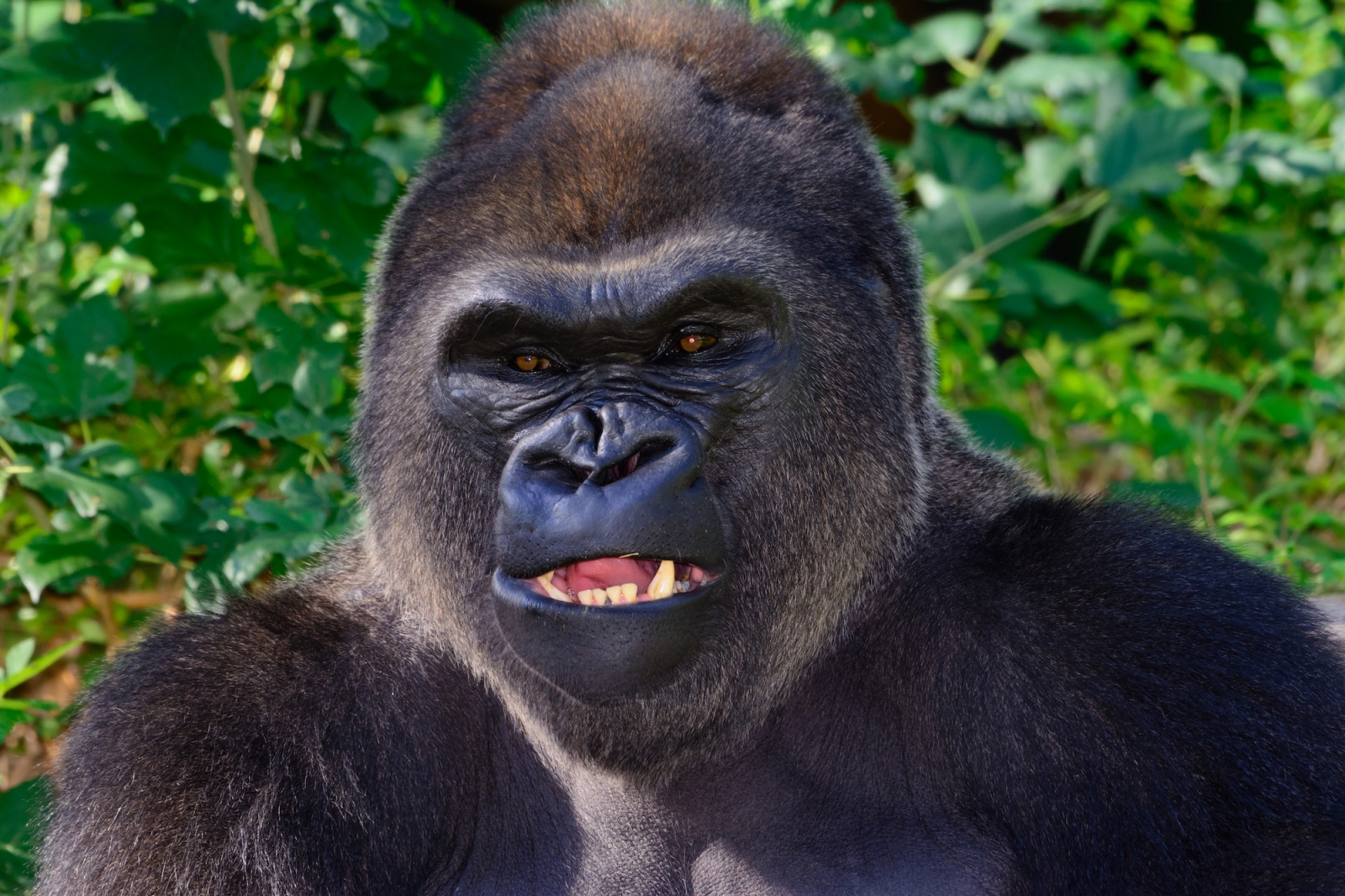
How do you count mountain gorillas?
Counting so many mountain gorillas is not something you just do. It requires several teams of field workers who systematically scour the forest for gorilla tracks and their nests. During the count, the field workers collected almost 400 snares that poachers had placed in the forest to catch antelopes but they can also kill gorillas, and this was, unfortunately, the case with one of the mountain gorillas that was found dead during the count. However, poachers are not the only threat to mountain gorillas. They are also highly threatened due to the cutting down of their forests, climate change, and because in some cases they become infected with diseases transferred from humans. It was therefore fantastic news that the numeral of mountain gorillas was so positively surprising.
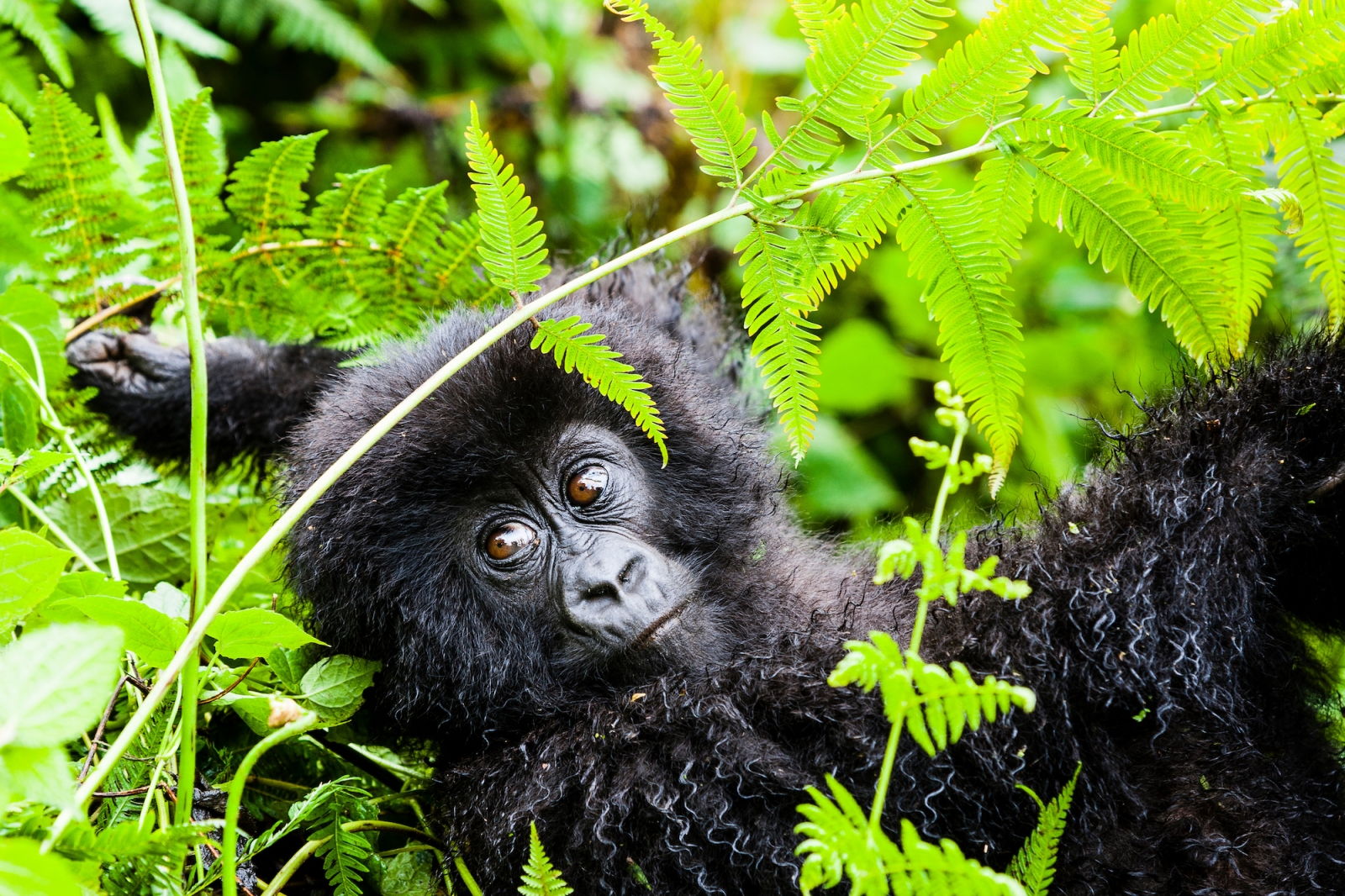
Face the mountain gorillas in Bwindi, Uganda
Spending time in the company of Bwindi's mountain gorillas is a truly unique experience and must be considered one of Uganda's absolute highlights. Mountain gorillas live in family groups led by an adult males. The gorilla groups roam large territories in the forest in search of fresh plant food. They build a nest in which they spend the night, but they always move the nest to the following night. When going on a gorilla trek, these nests are important guides to where the gorilla herd is. This allows the local, experienced guides to track the herd in the morning before a gorilla trek. Finding a gorilla family can be a bit of a pleasure, as the forest is dense and the terrain consists of steep slopes combined with rather humid weather. It must therefore be said that it is a requirement that you are in good general shape. It can take a short time to find the gorillas, but it can also take half a day. This cannot be known in advance, so it is a good idea to arm yourself with patience and enjoy the trip along the way as well. Fortunately, you are guaranteed to be rewarded for your hardships, as there is an almost 100% chance of meeting the gorillas on a trek. In Bwindi, you can also enjoy the view of the beautiful forest, which with its around 85 species of orchids, 105 ferns, and 300 types of trees is a pure paradise for botanists.
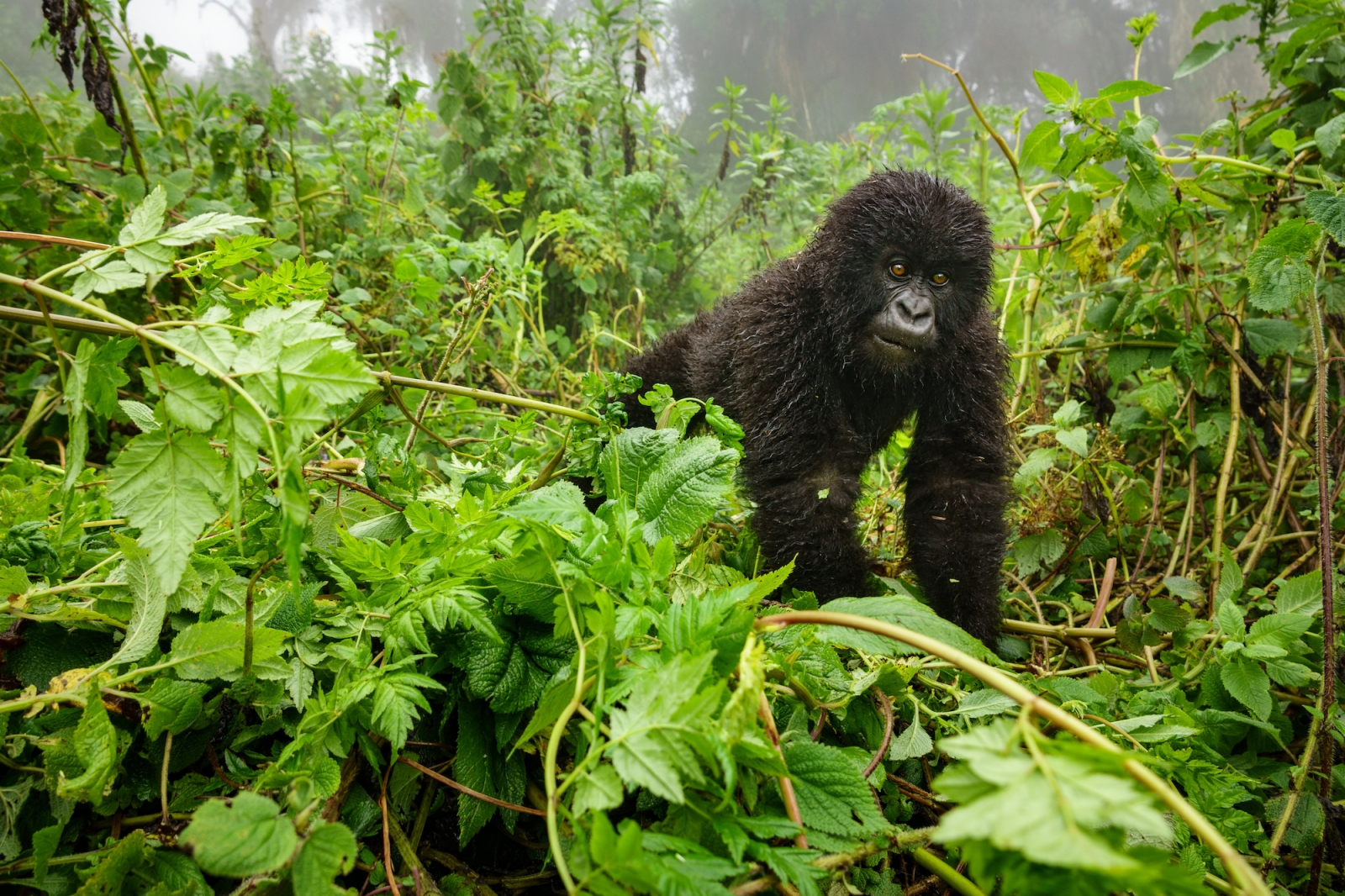
Read our previous article Carnival of Venice in 2023 and always
Read our next article Discovering the Majestic Charm of Morocco










